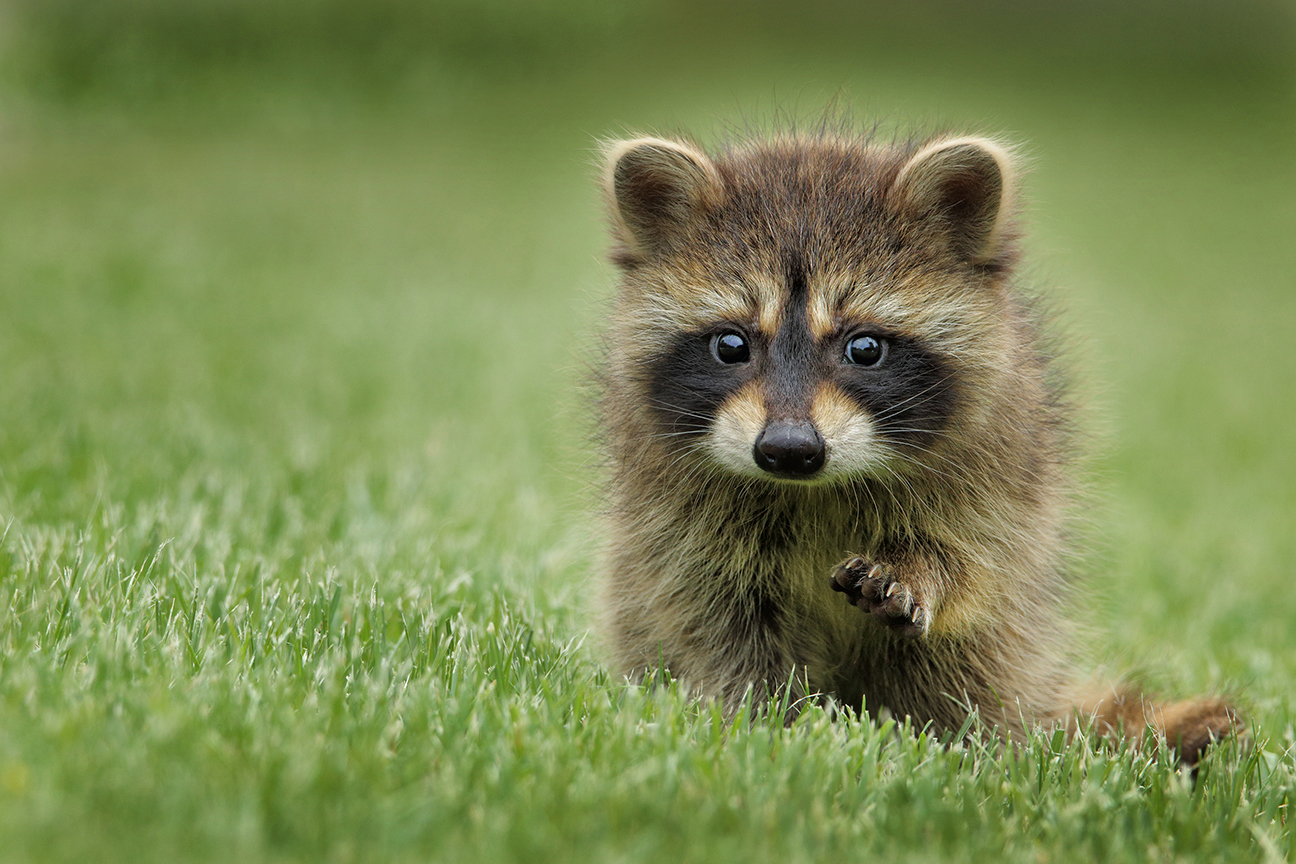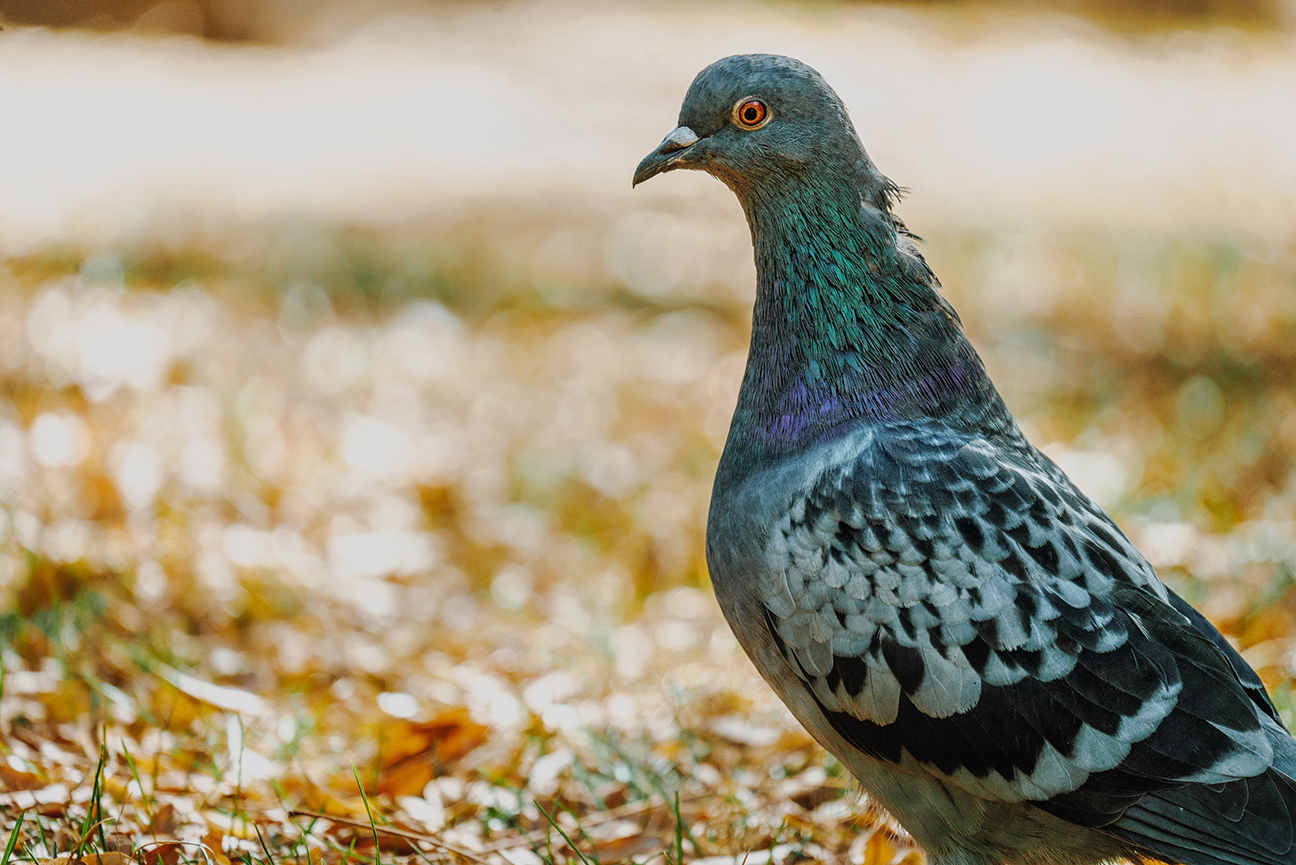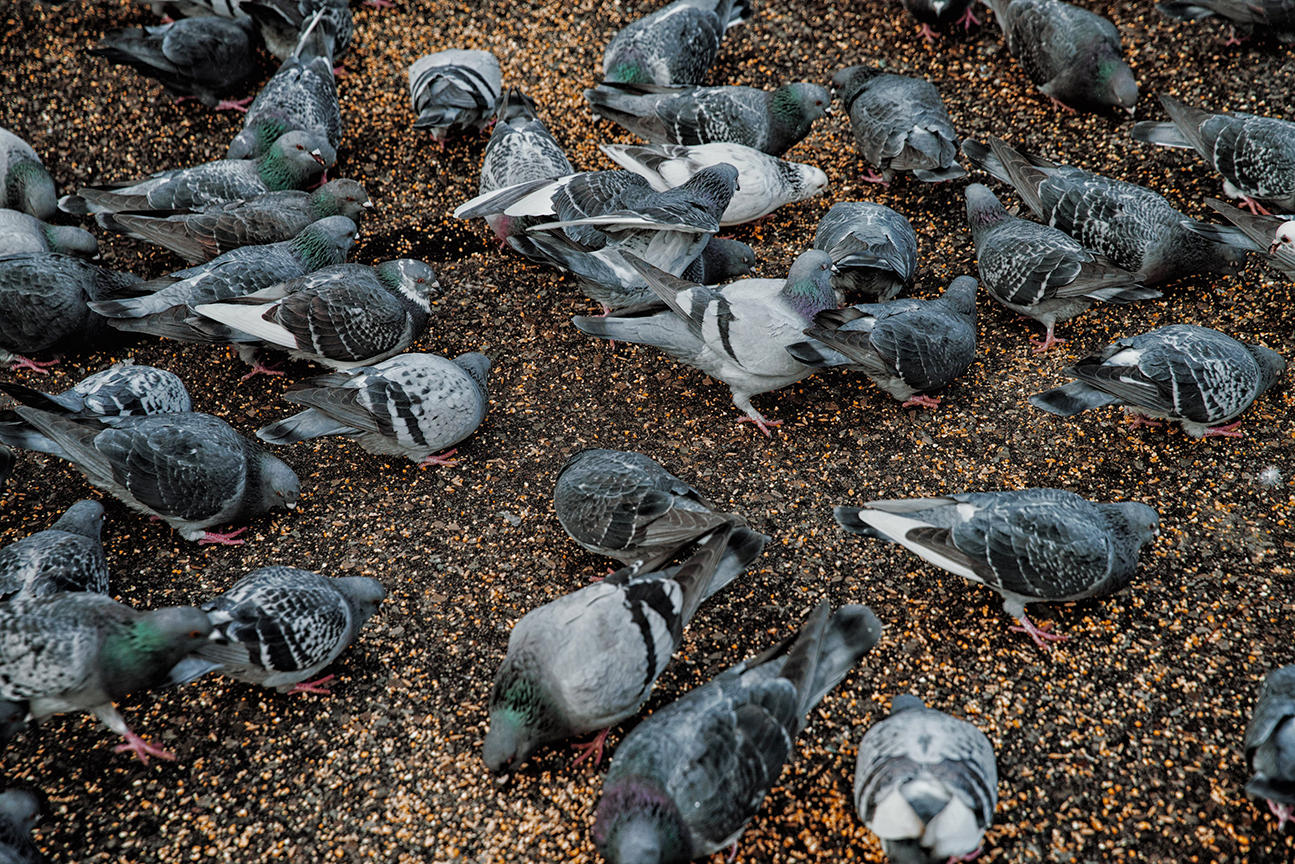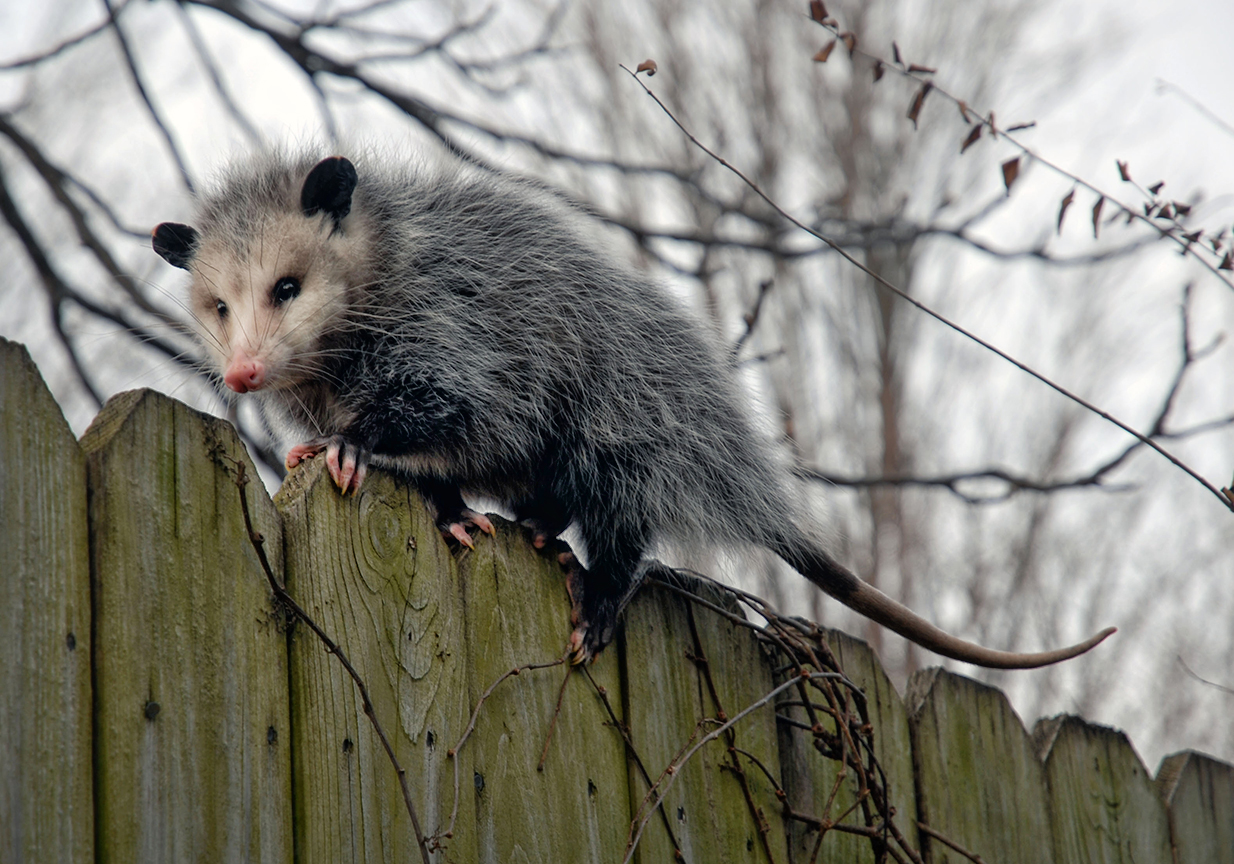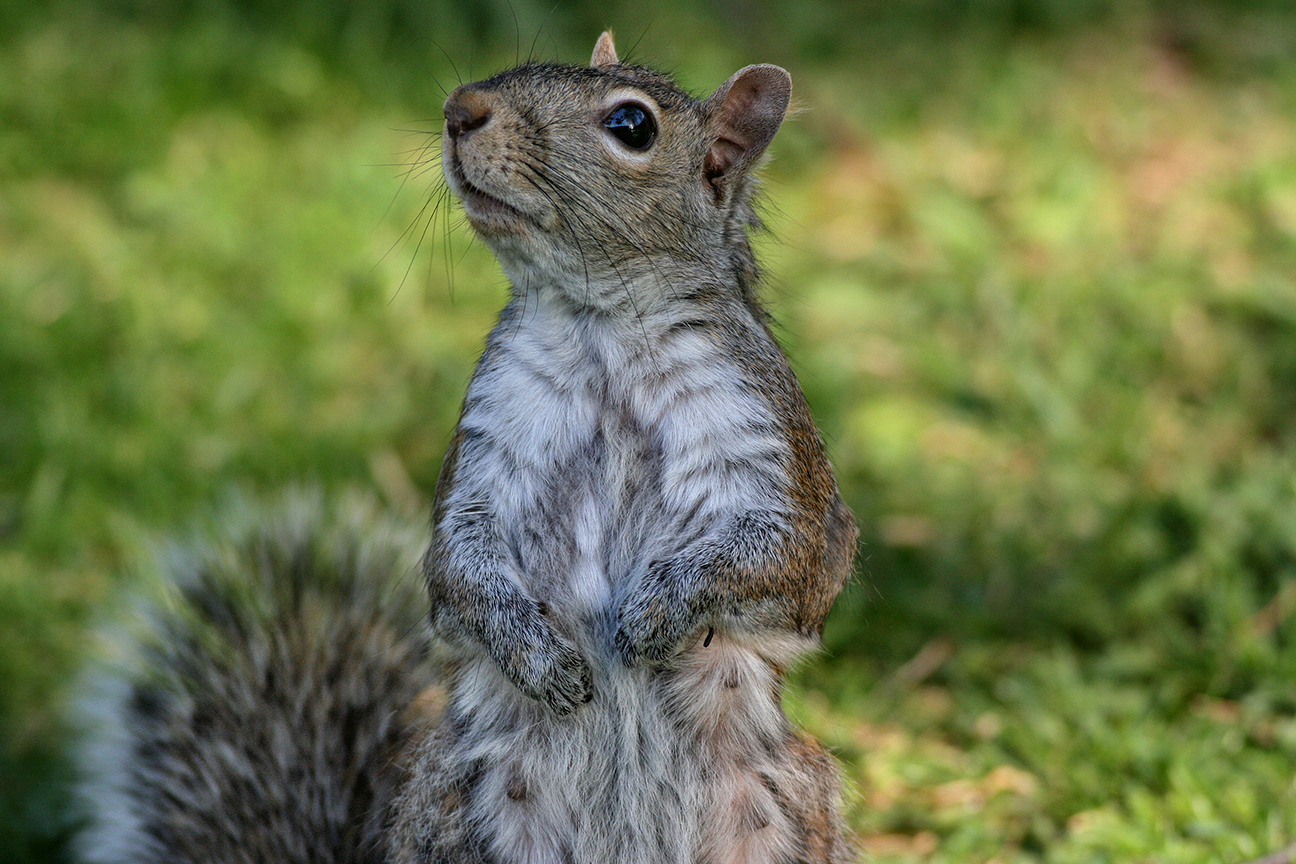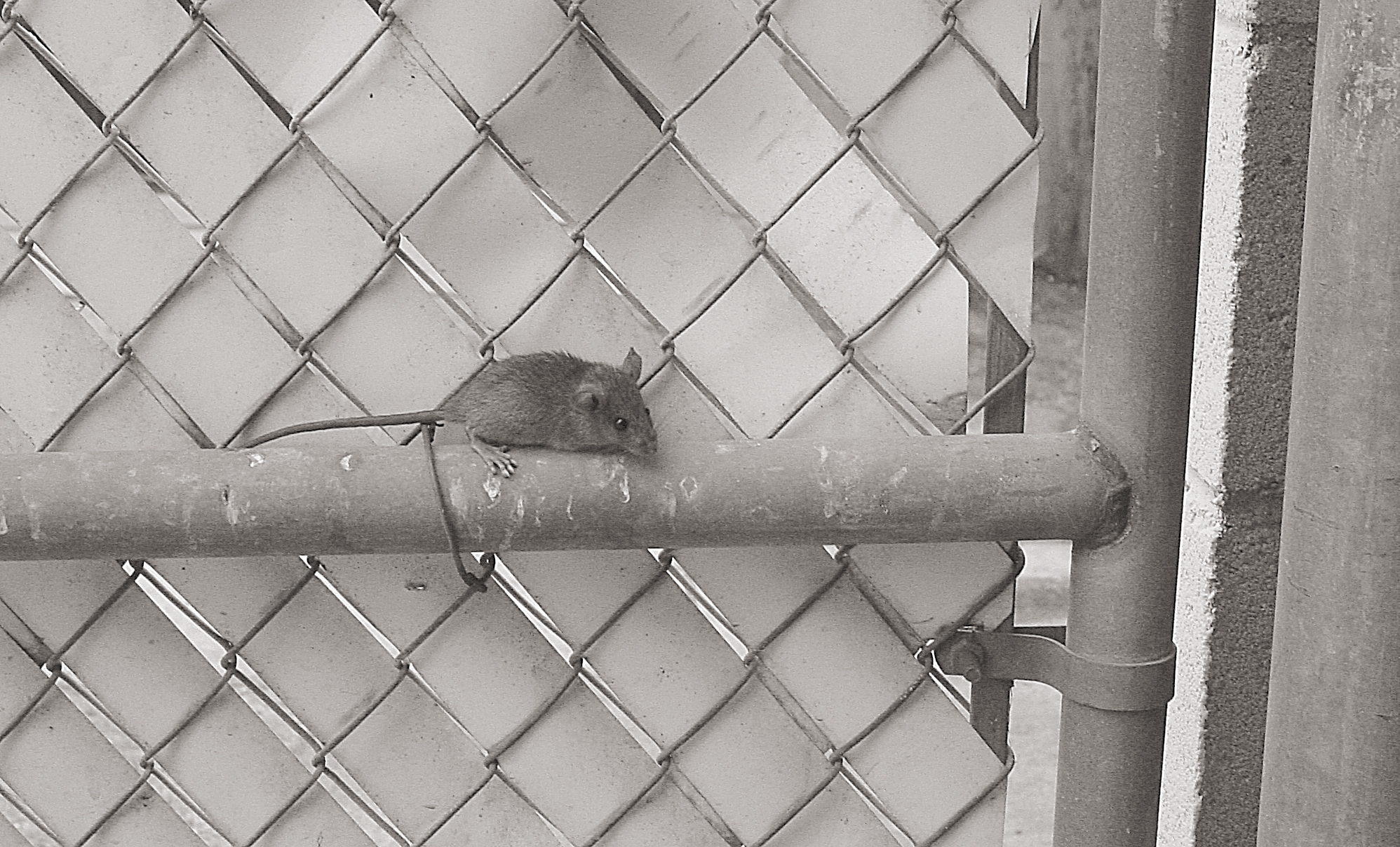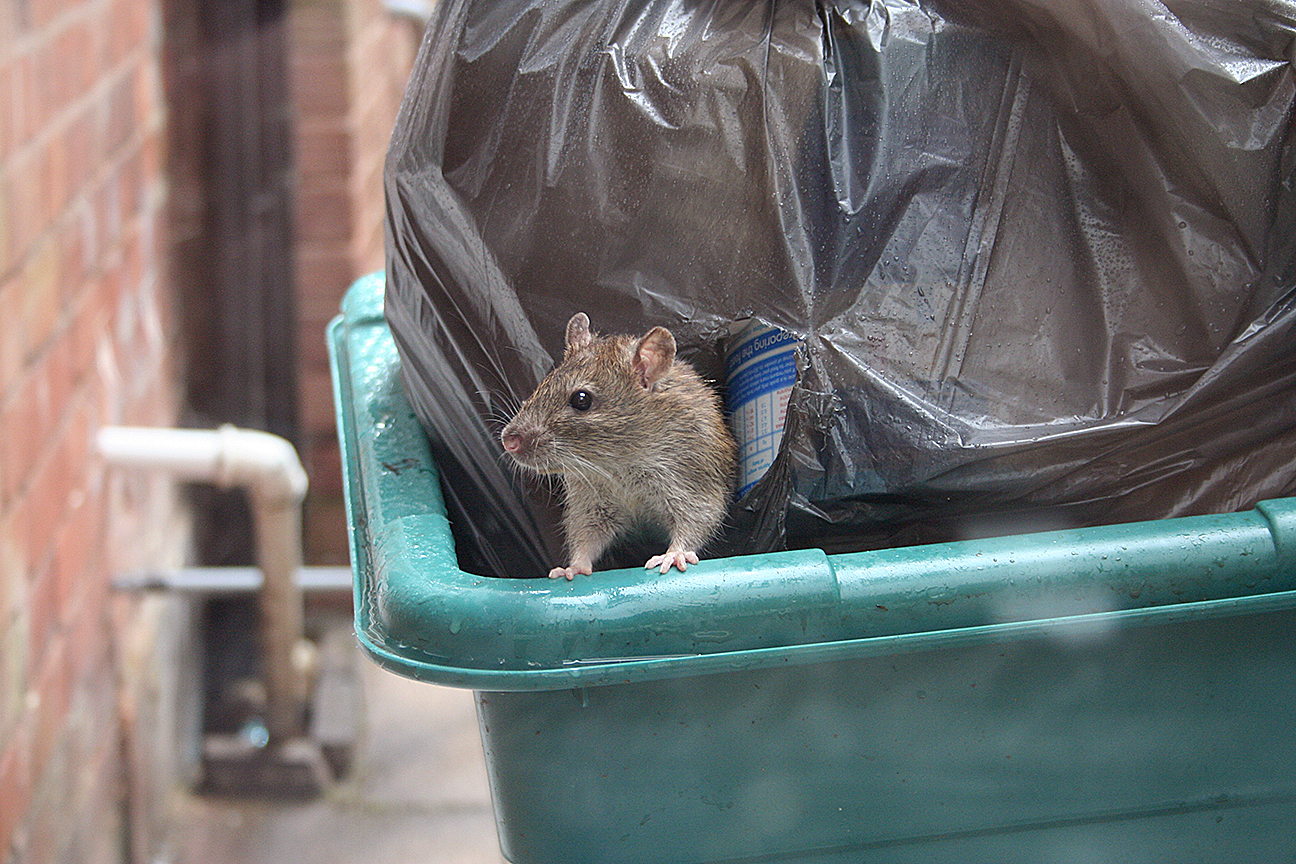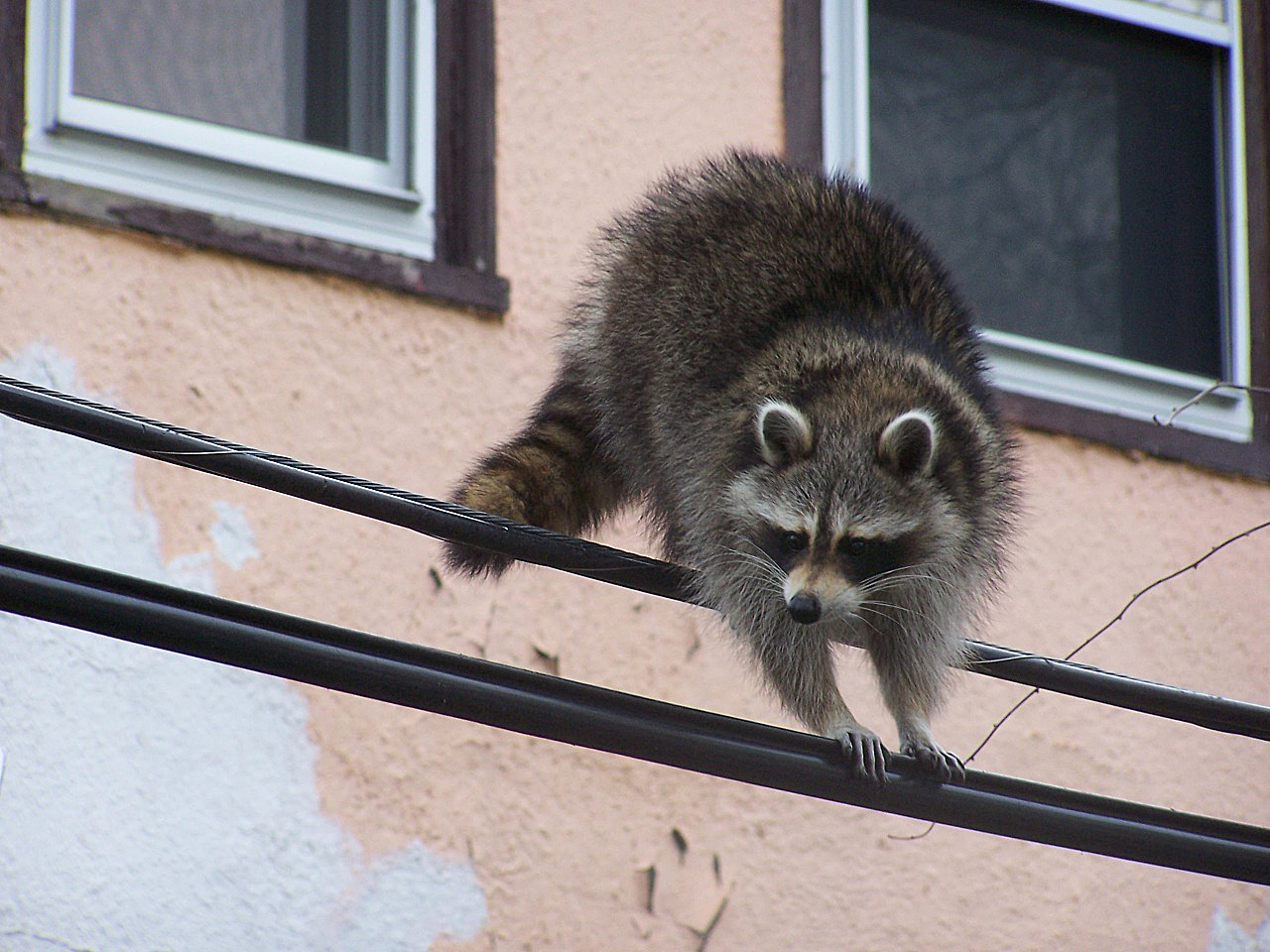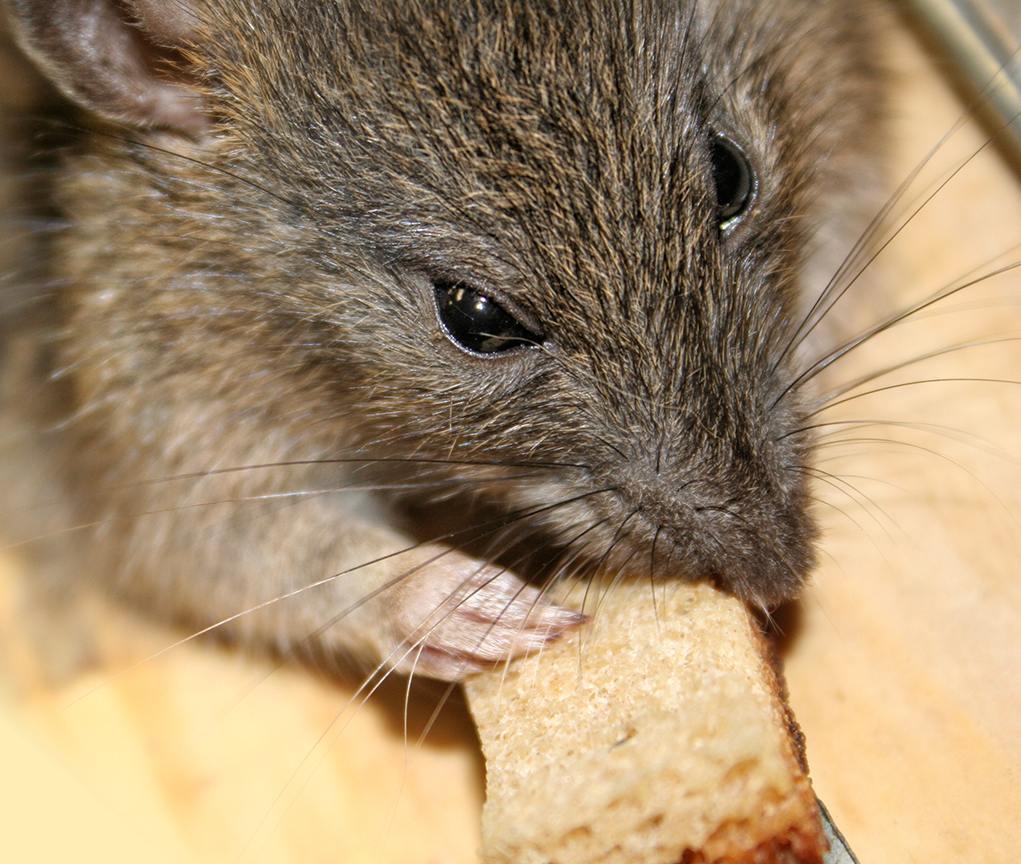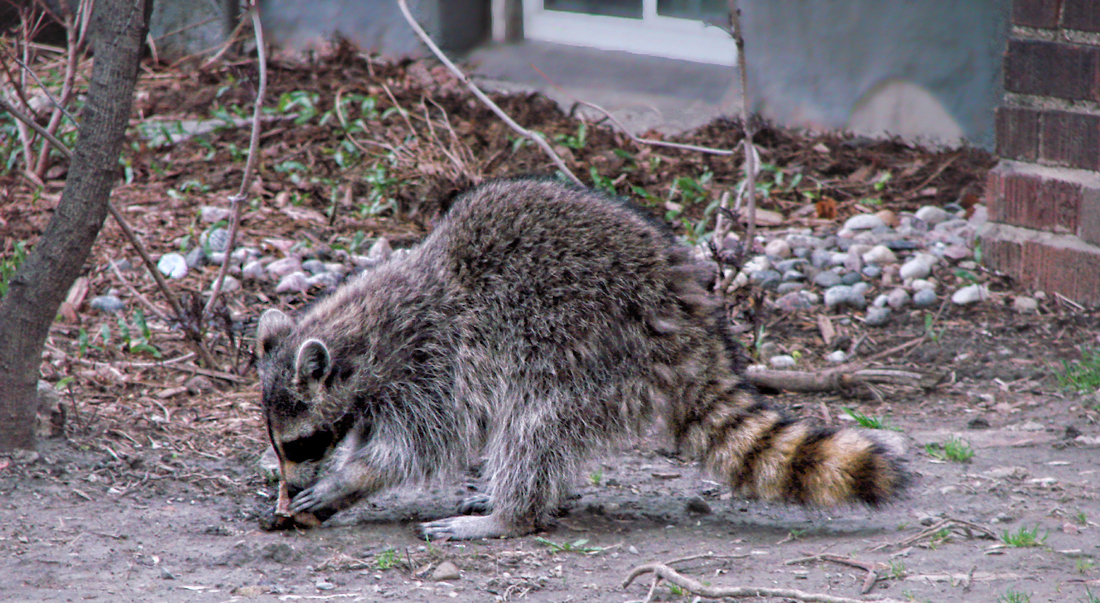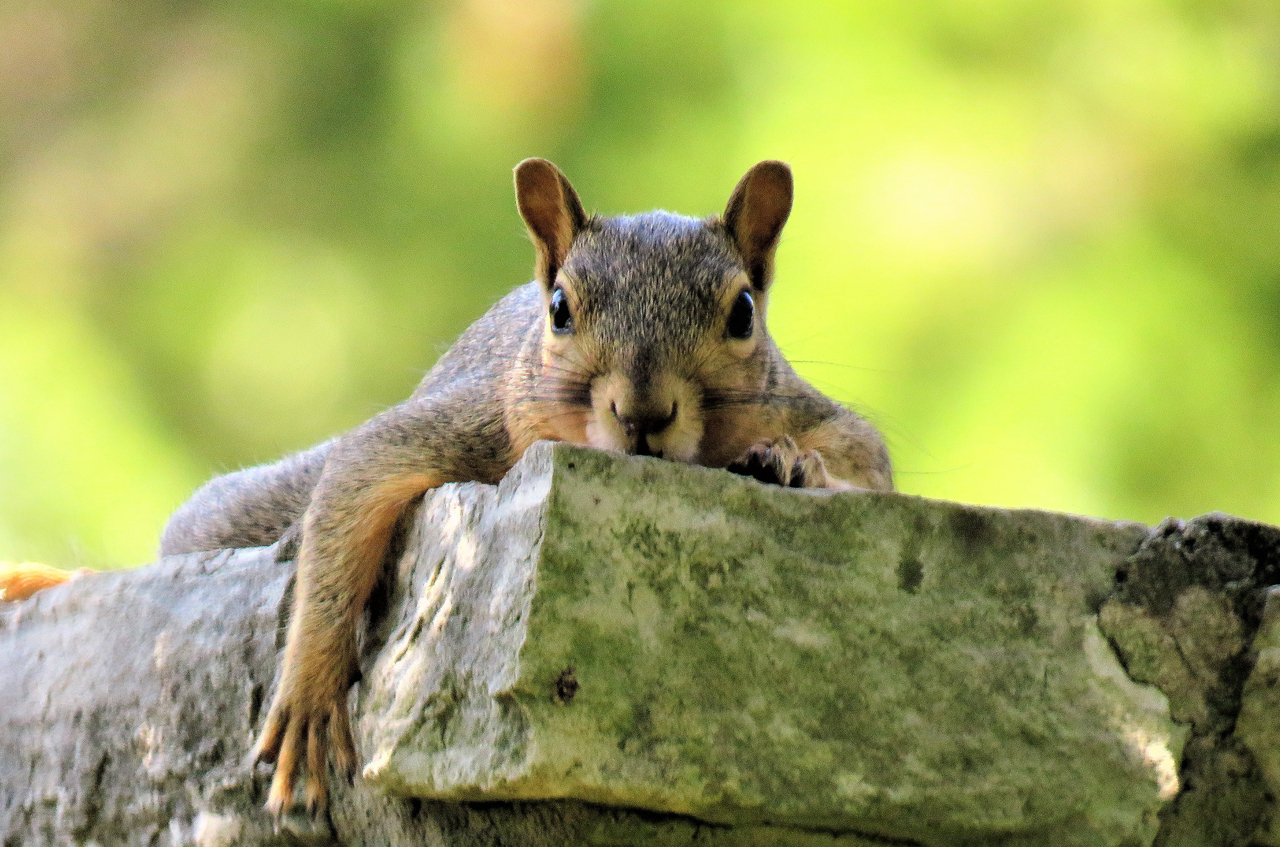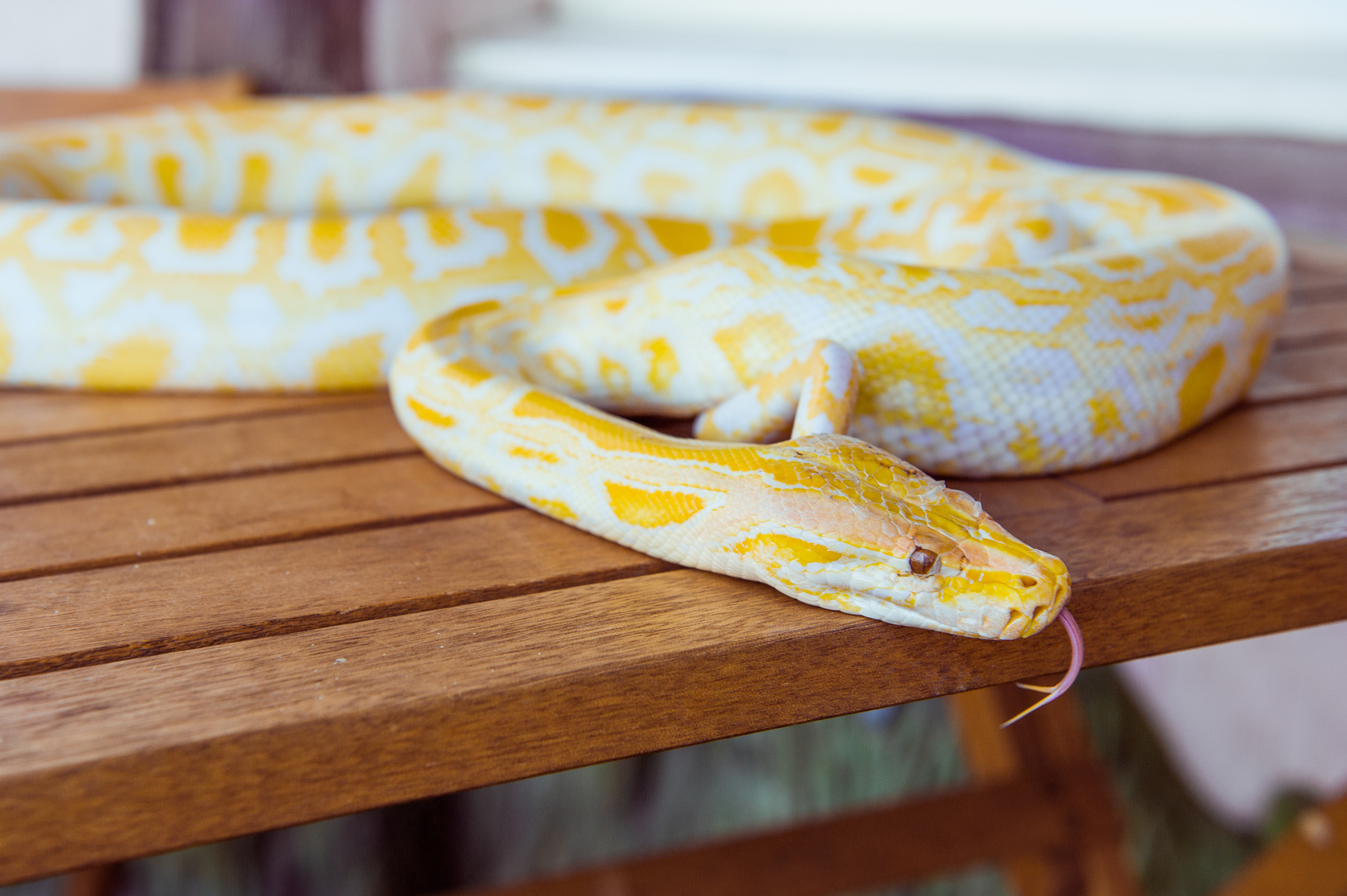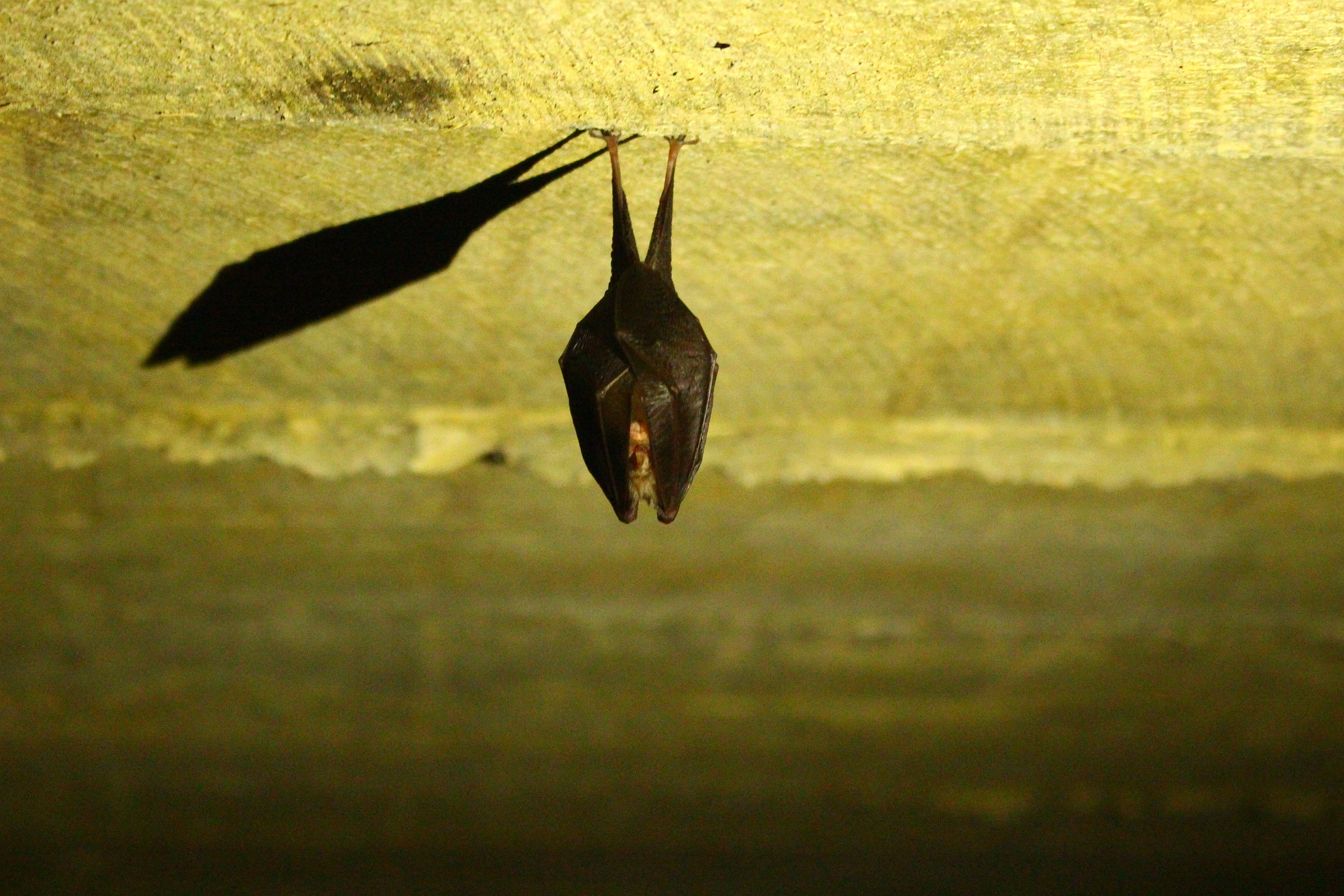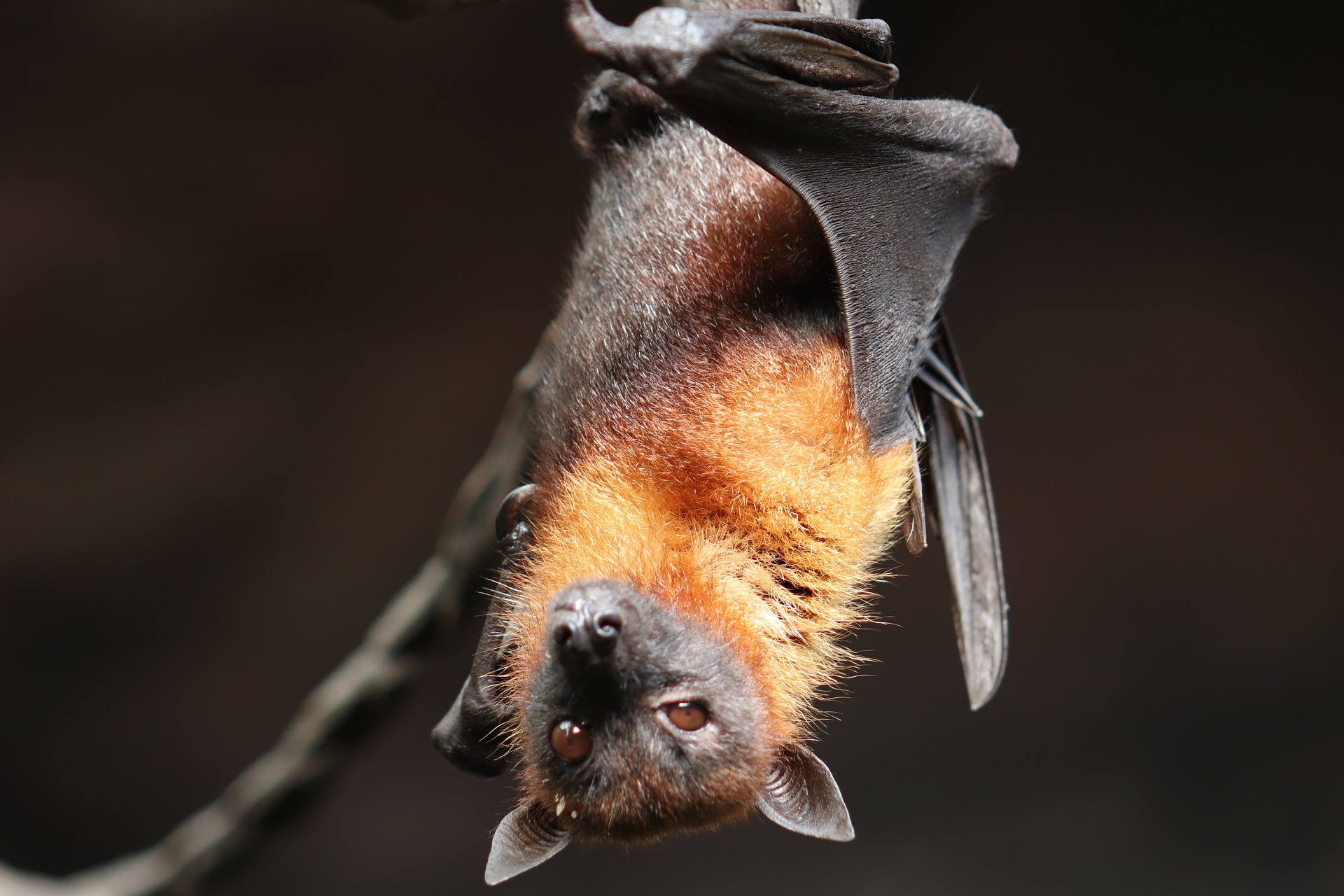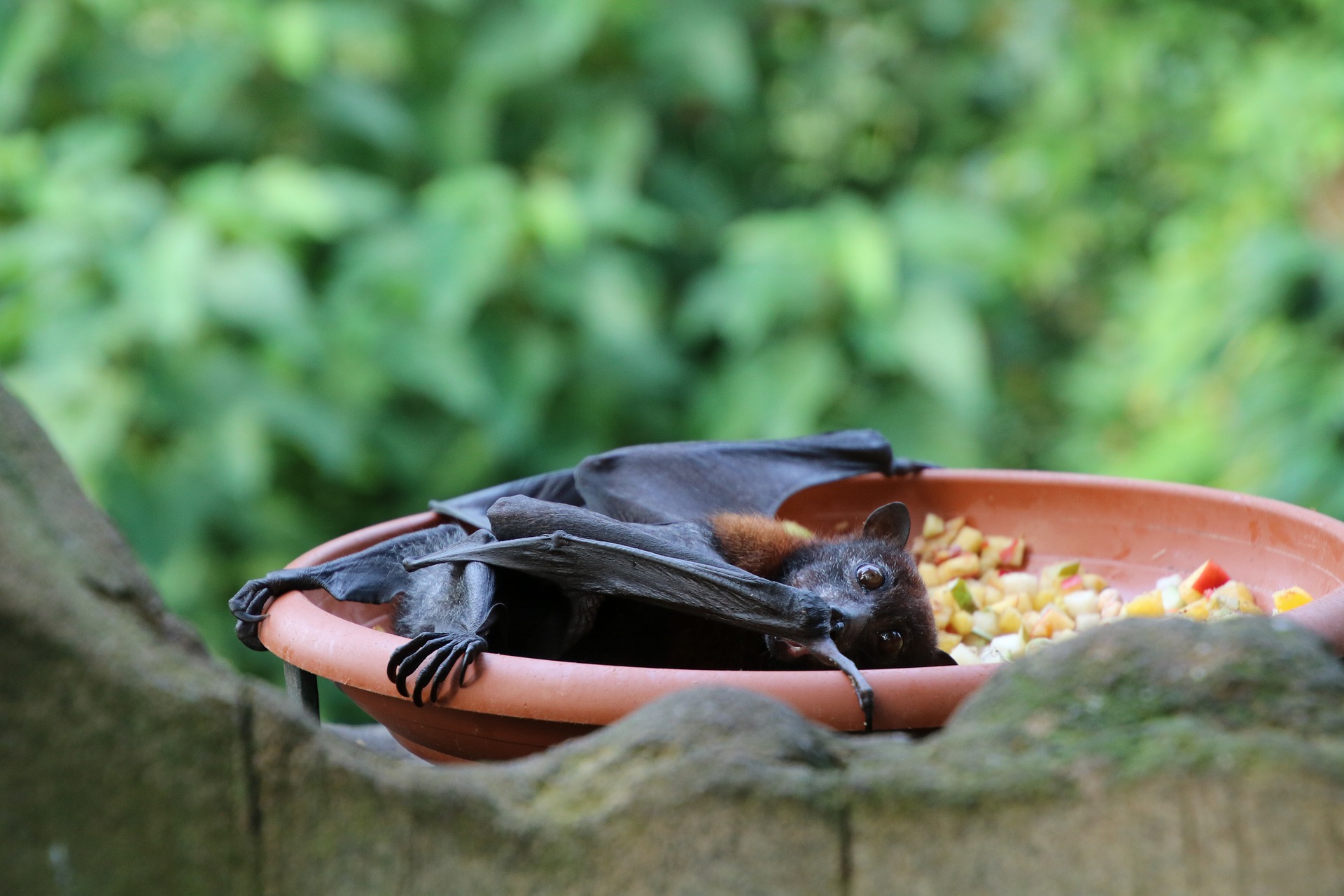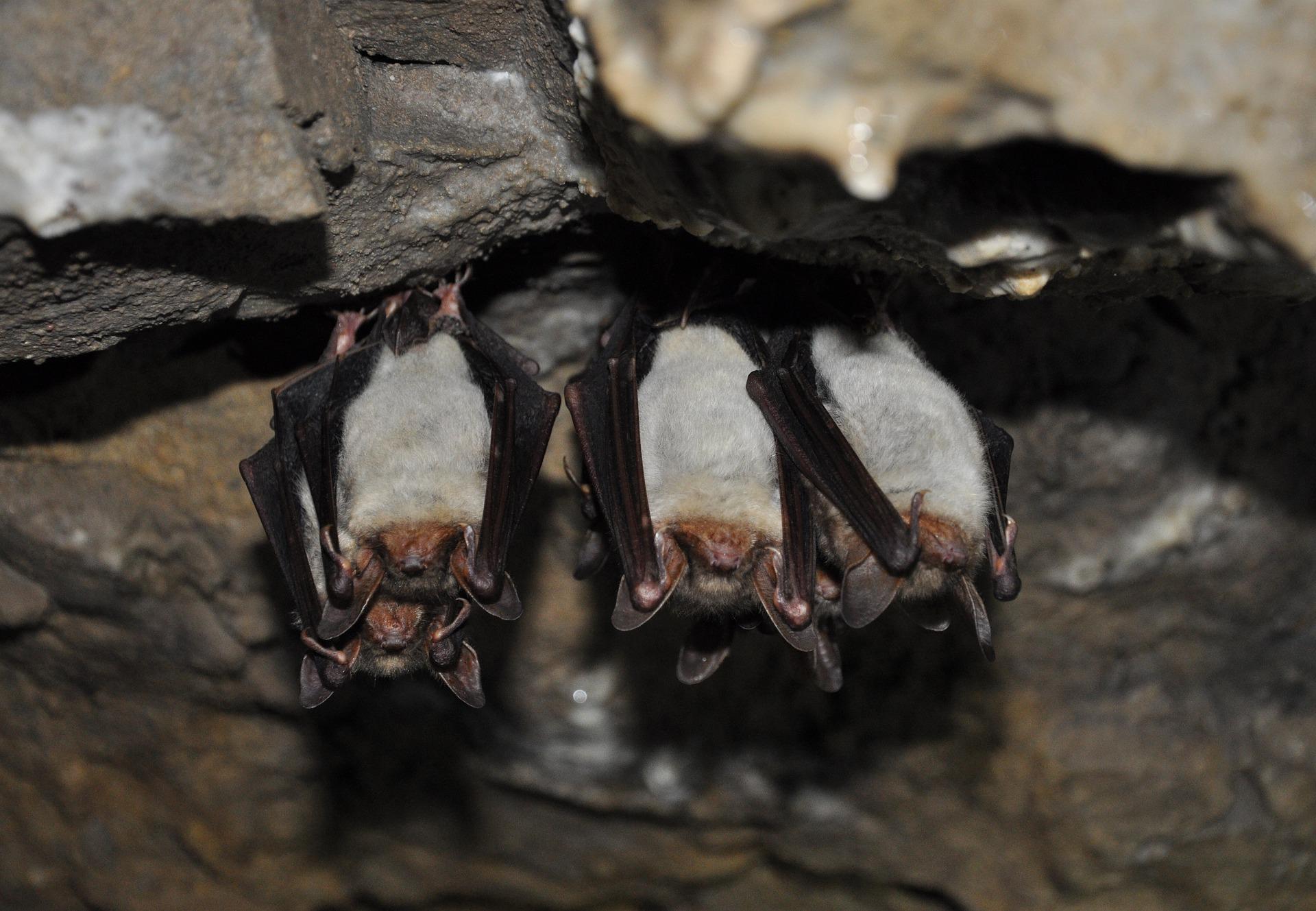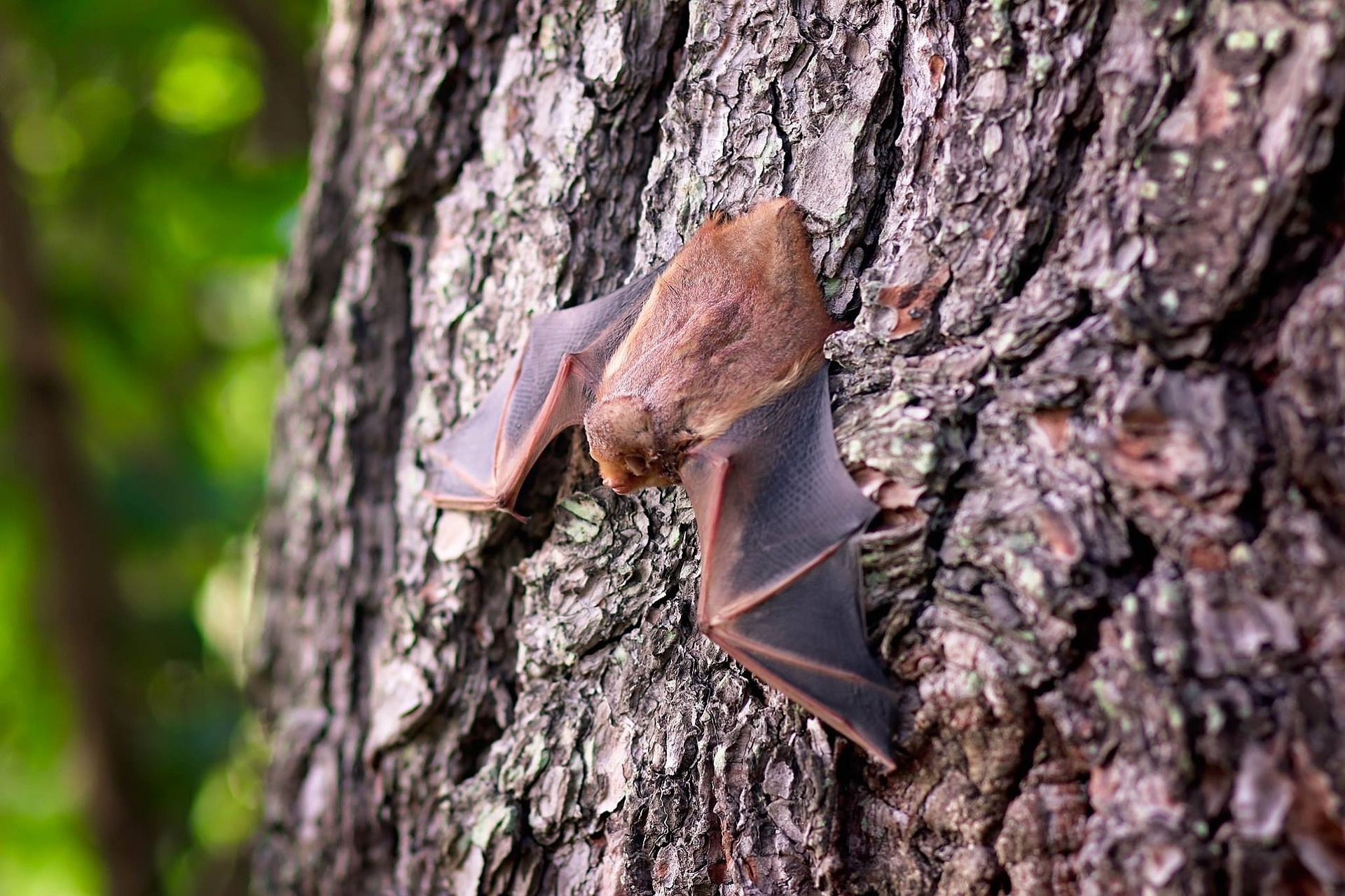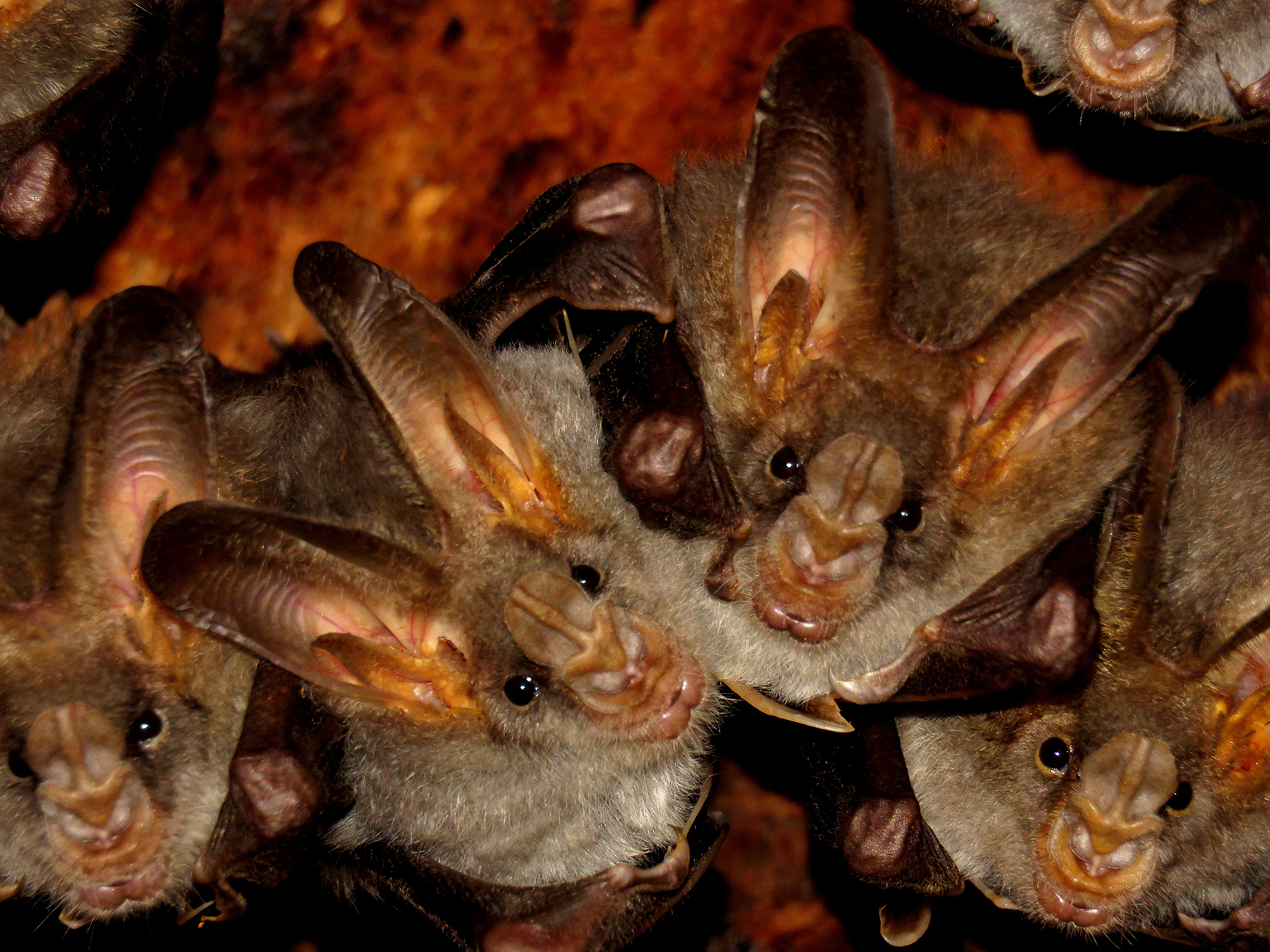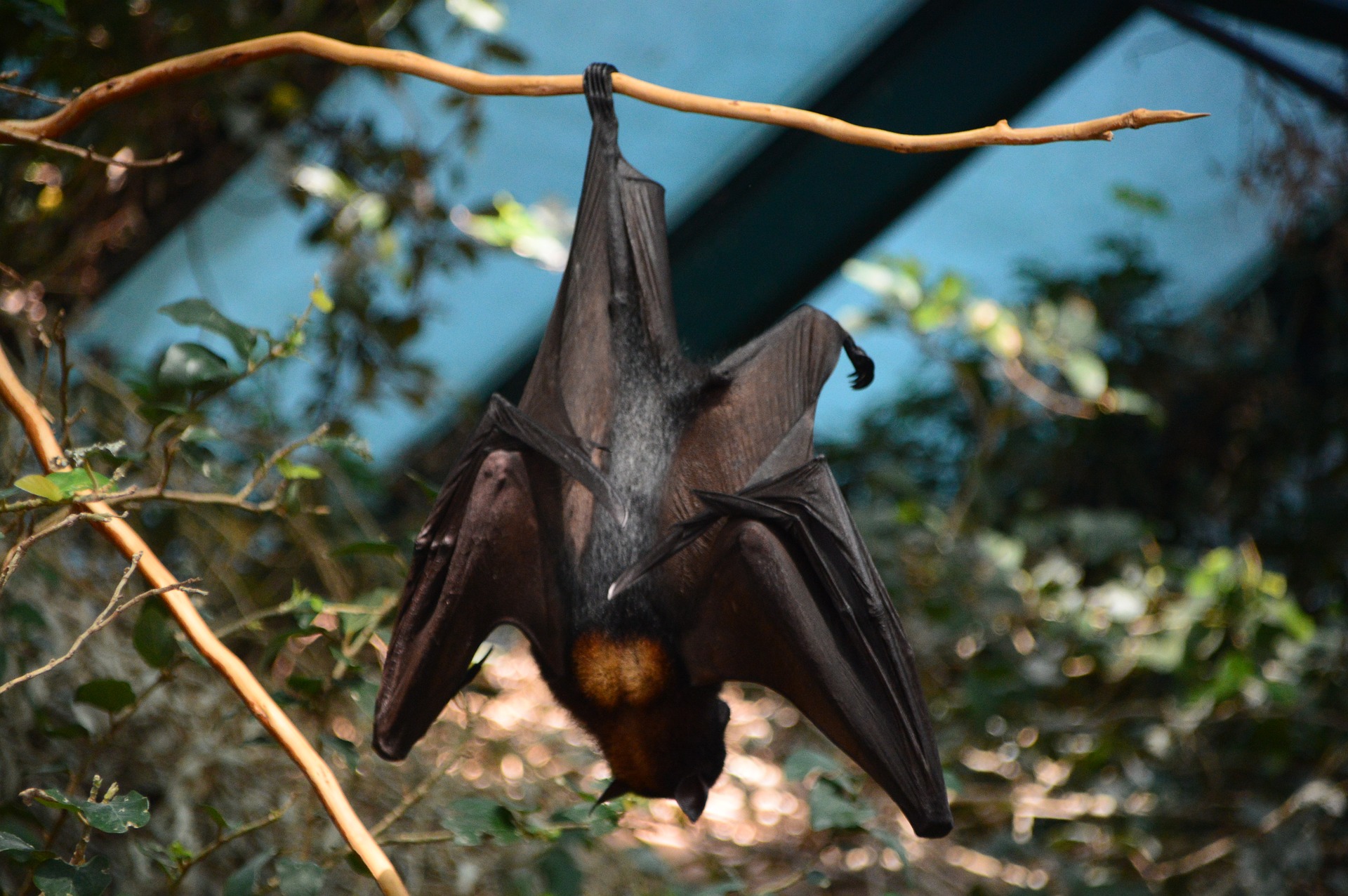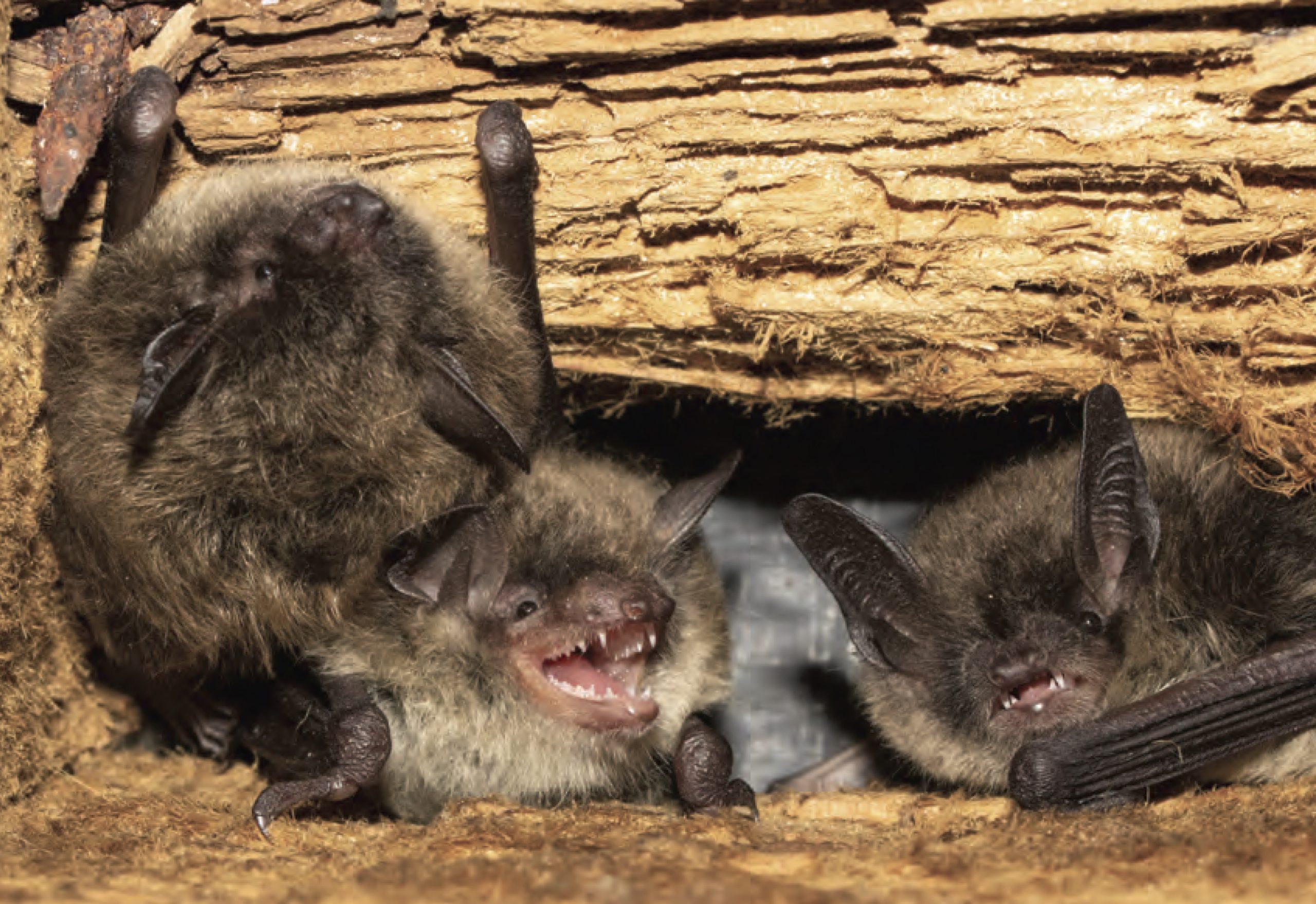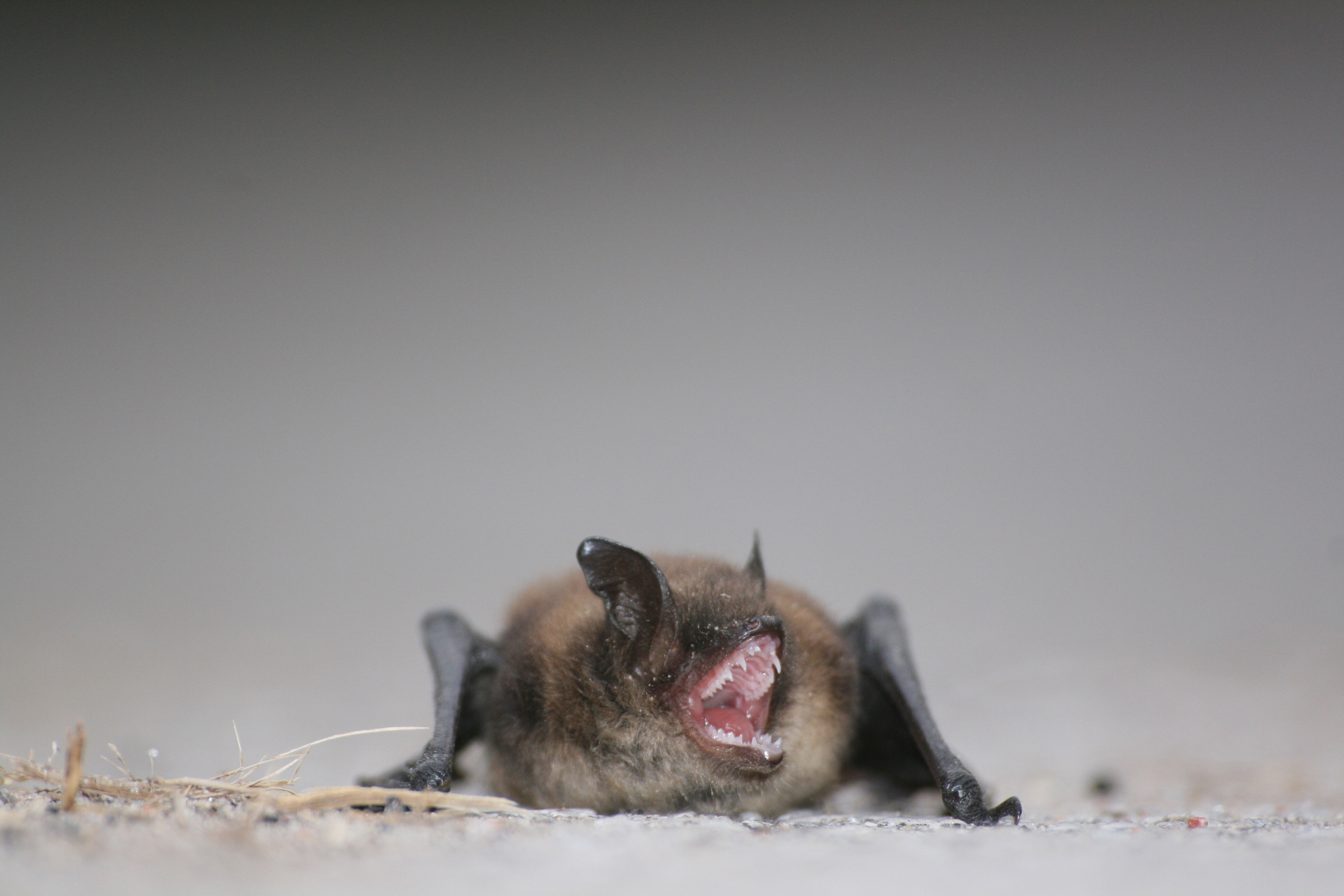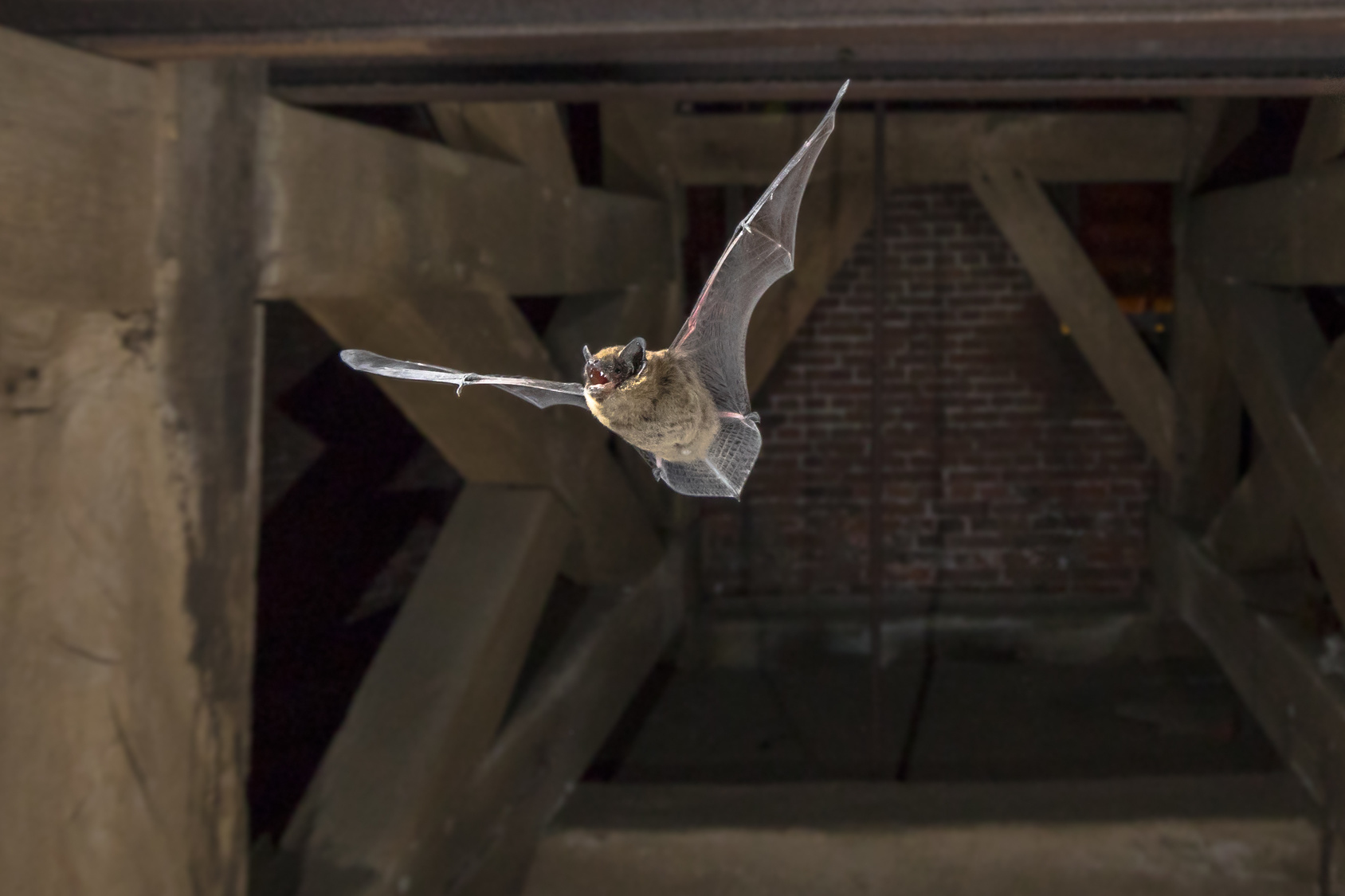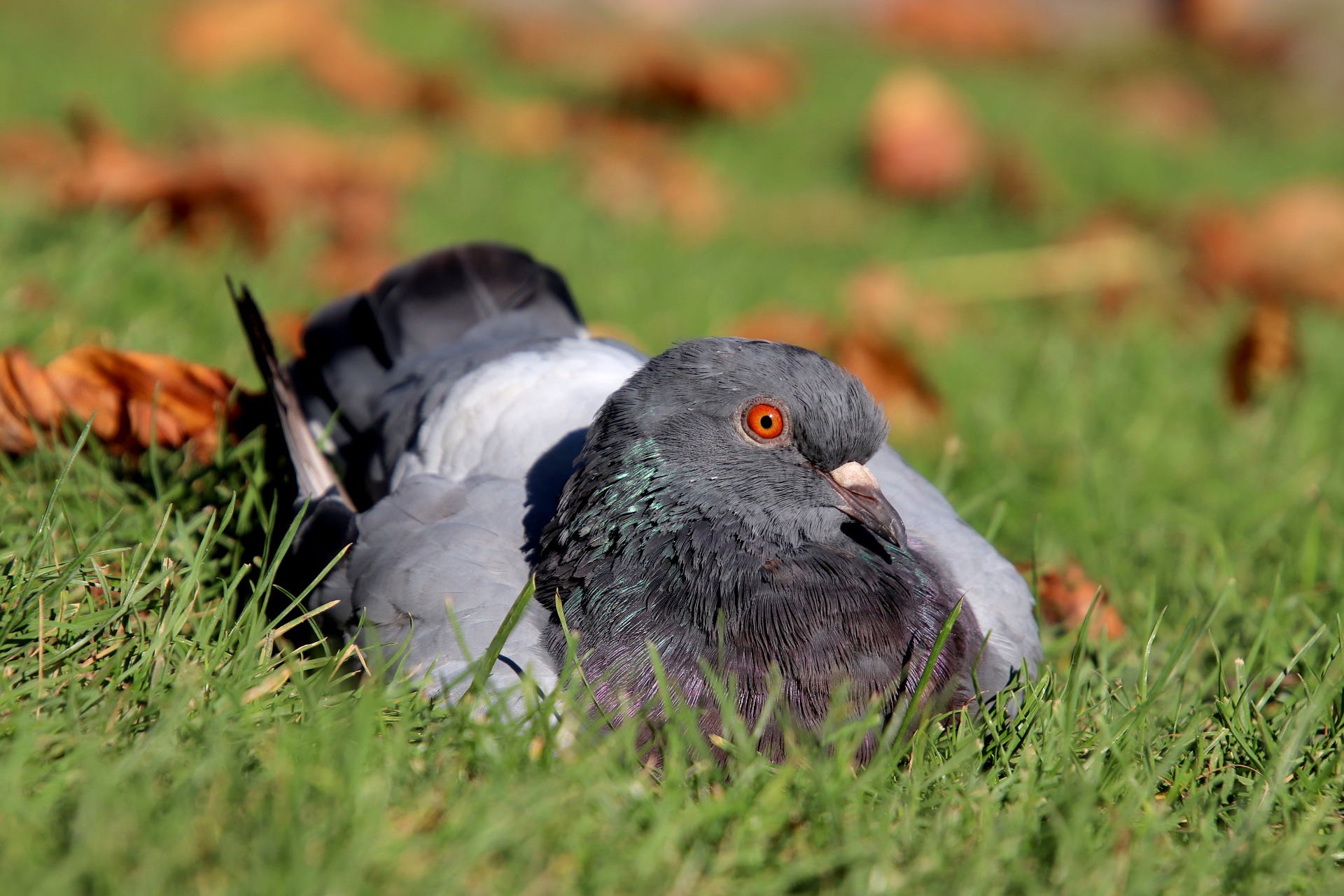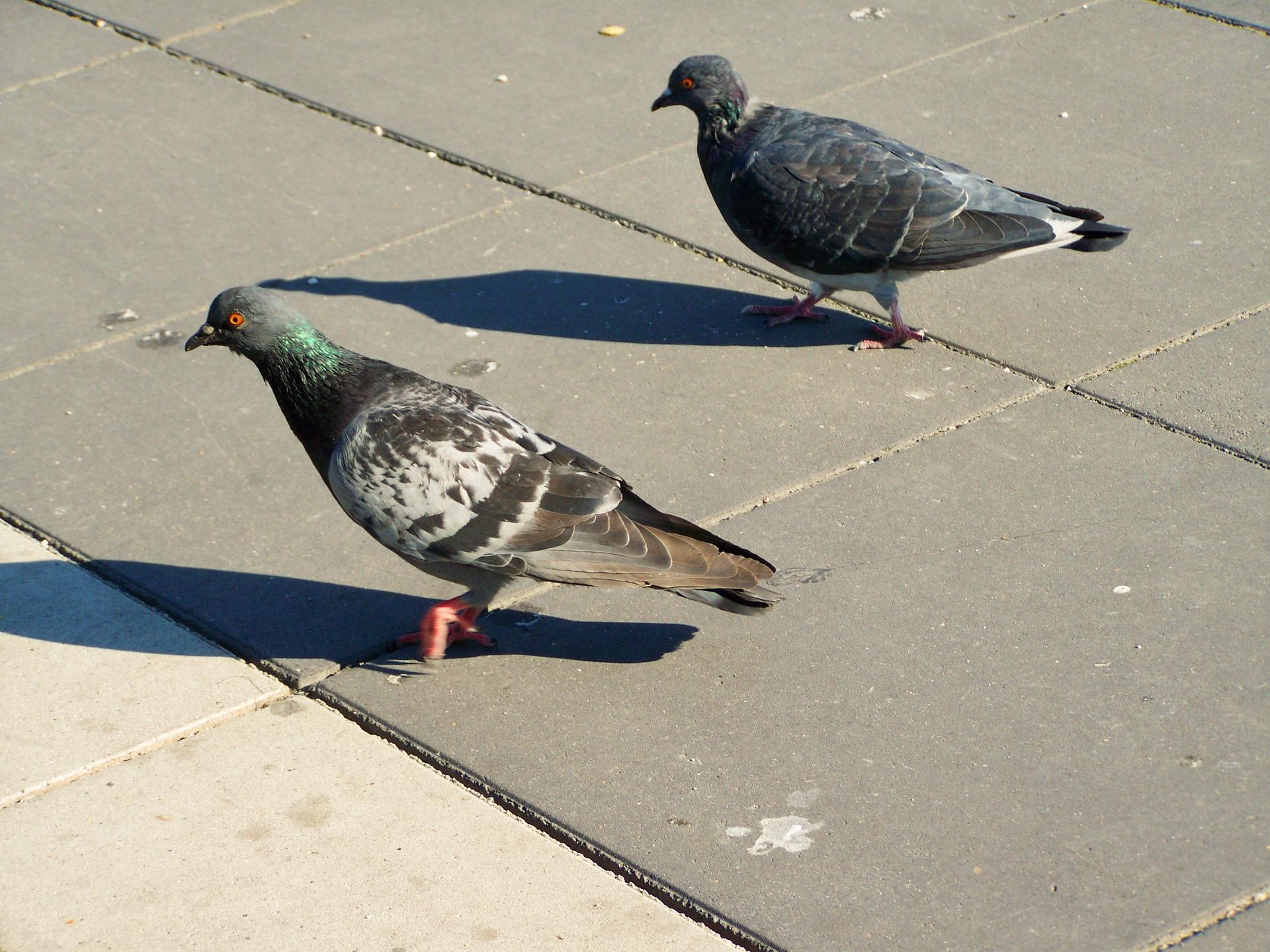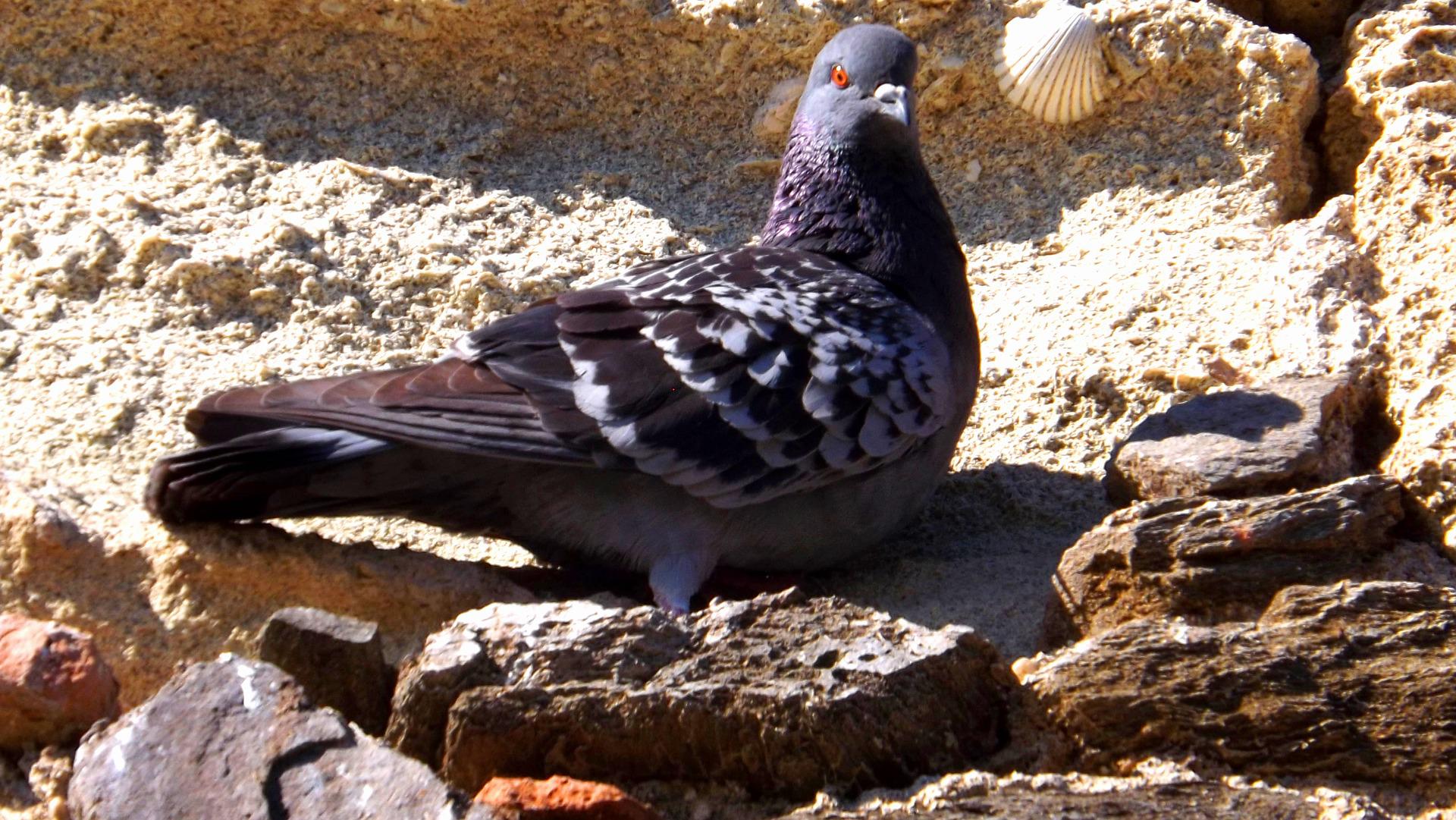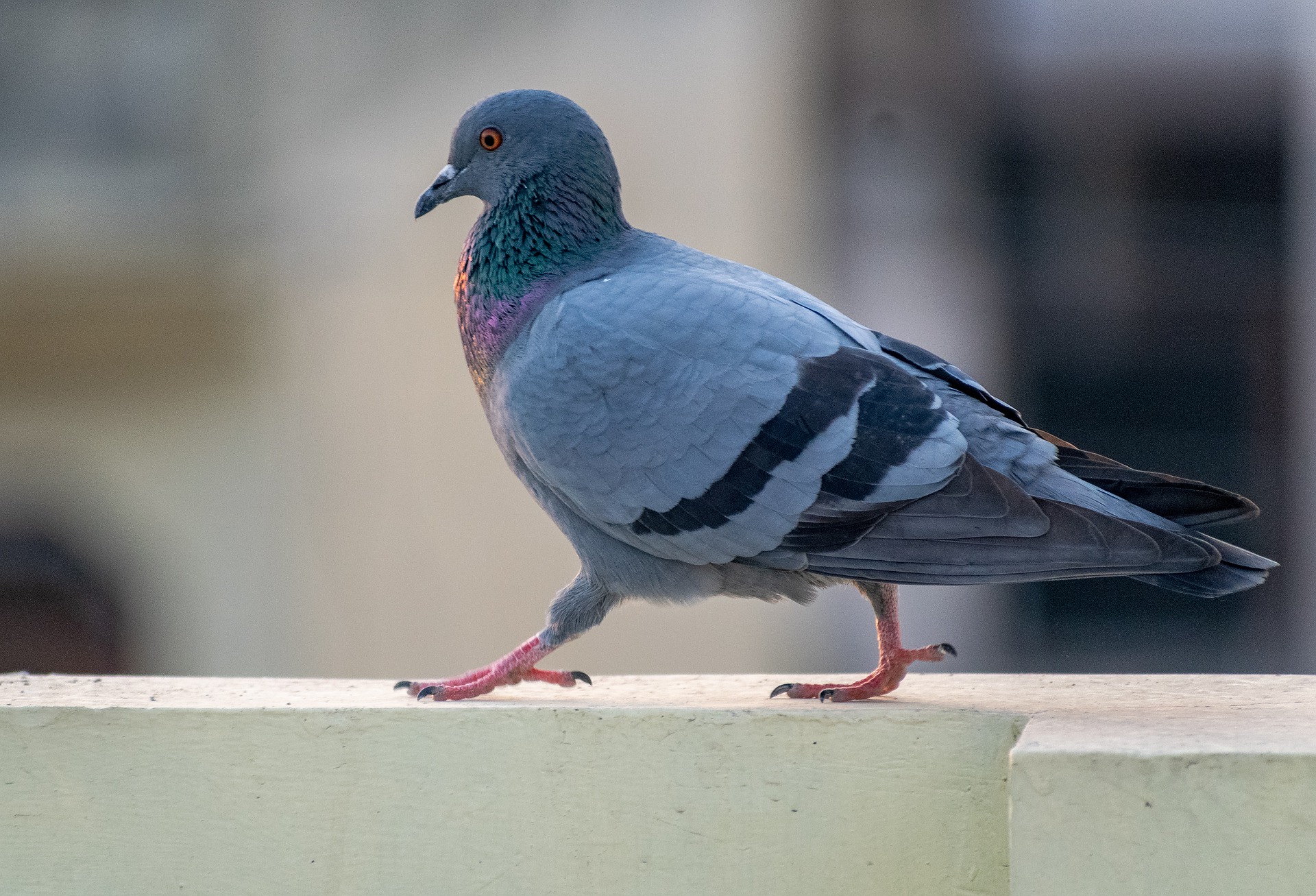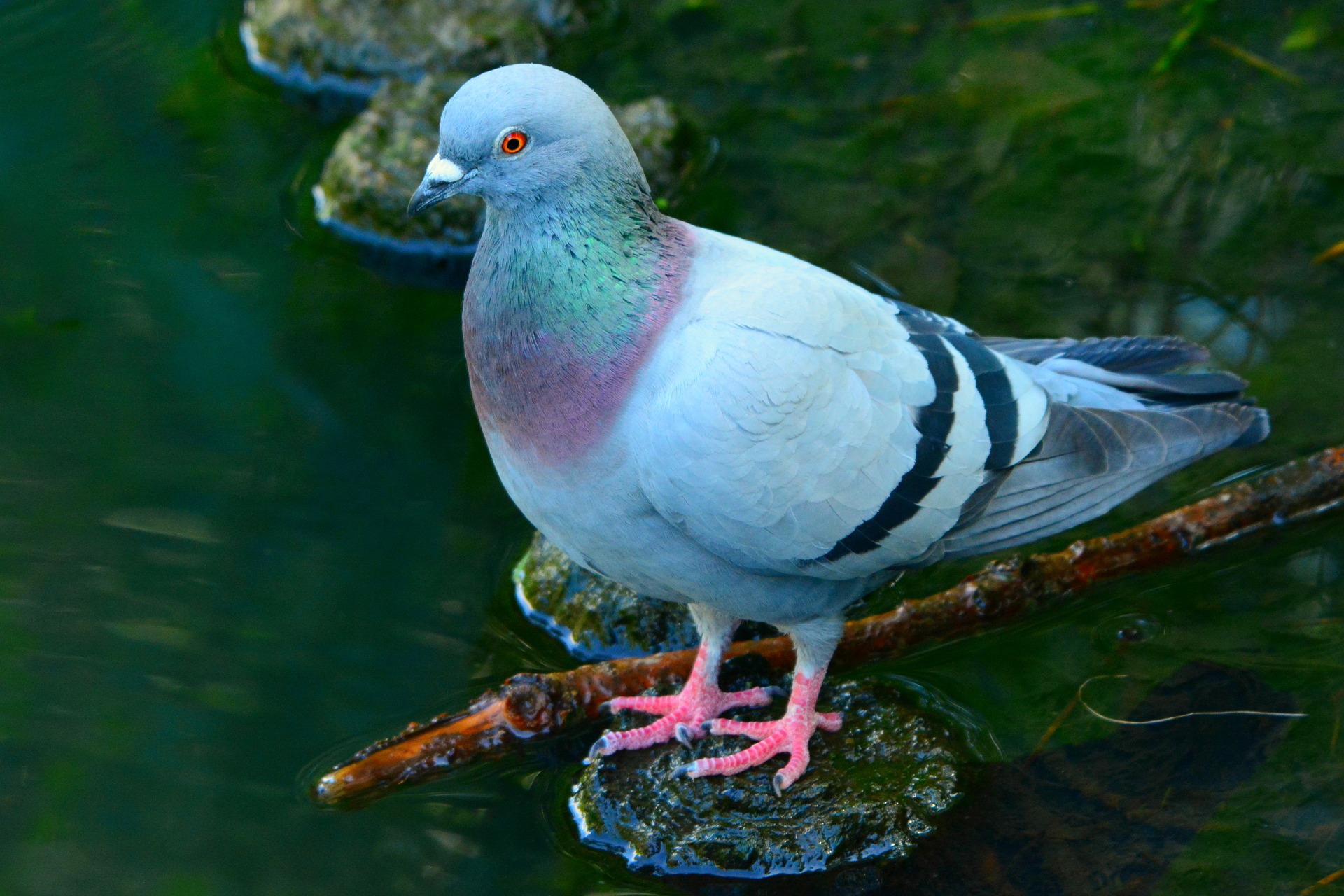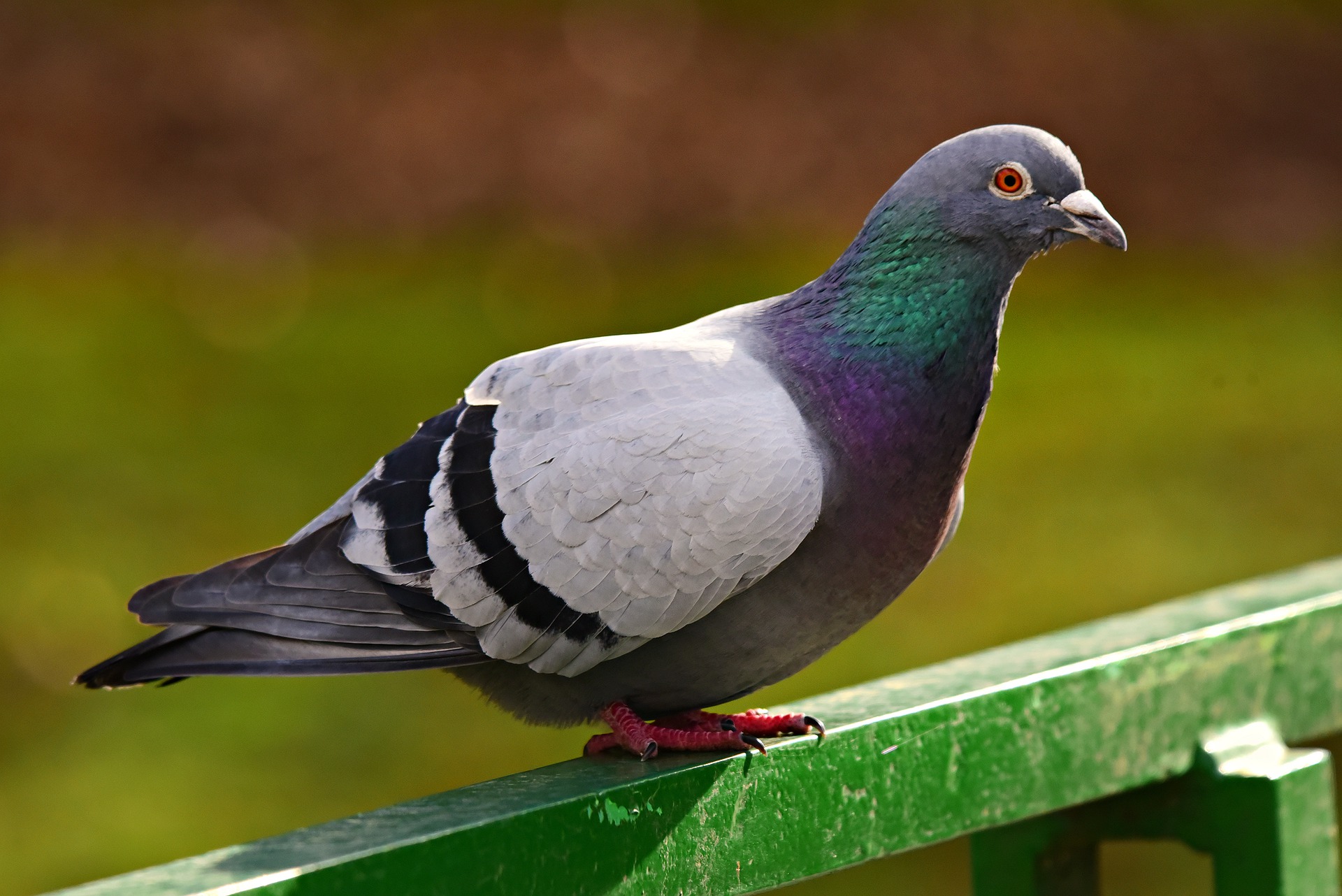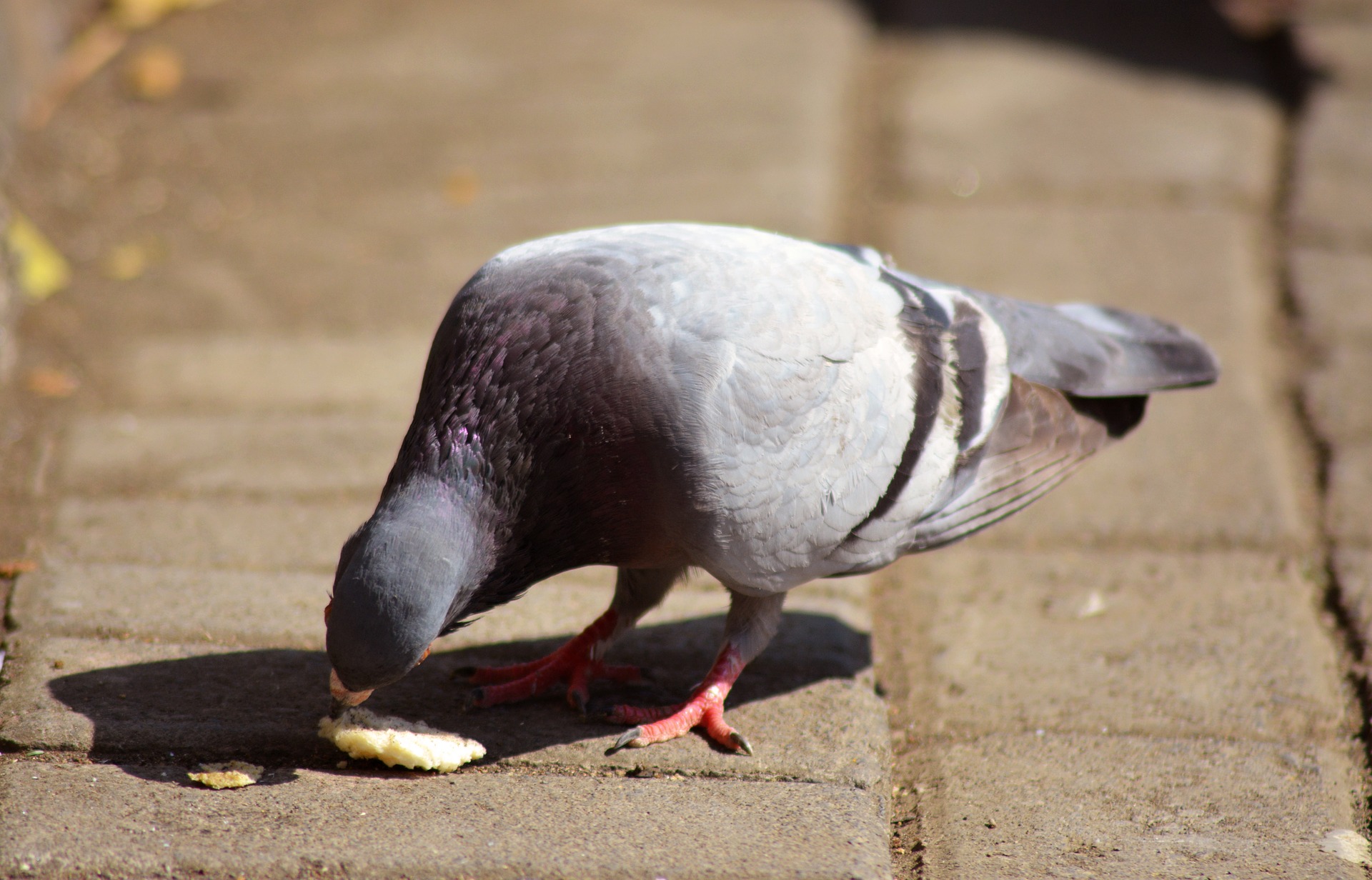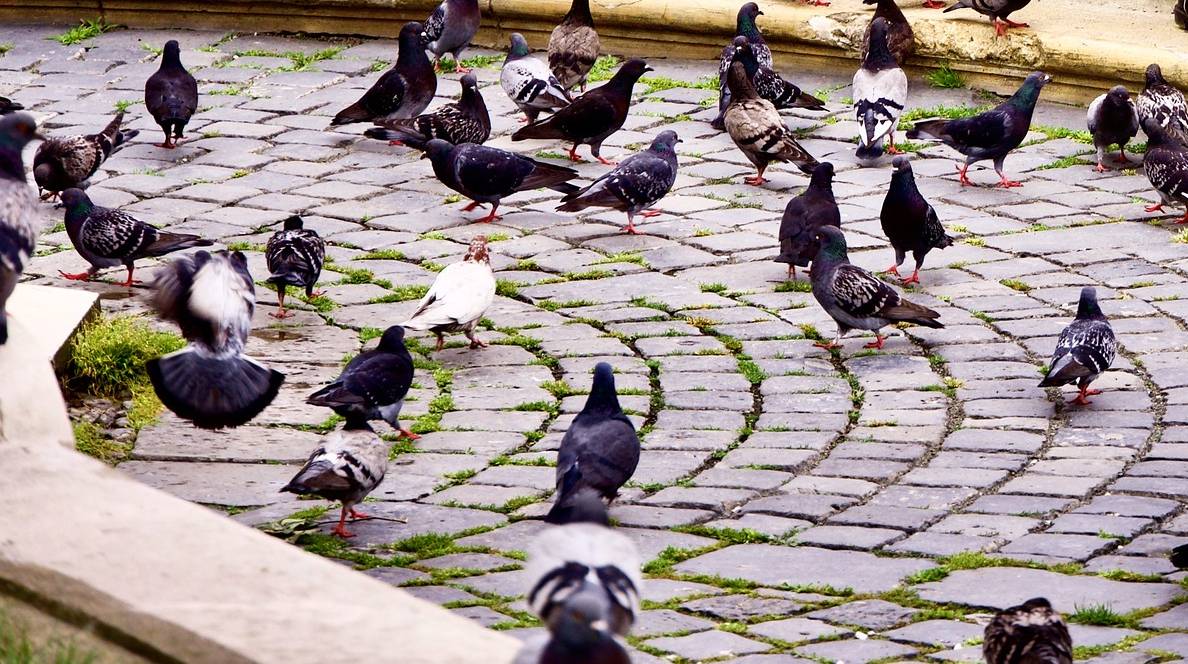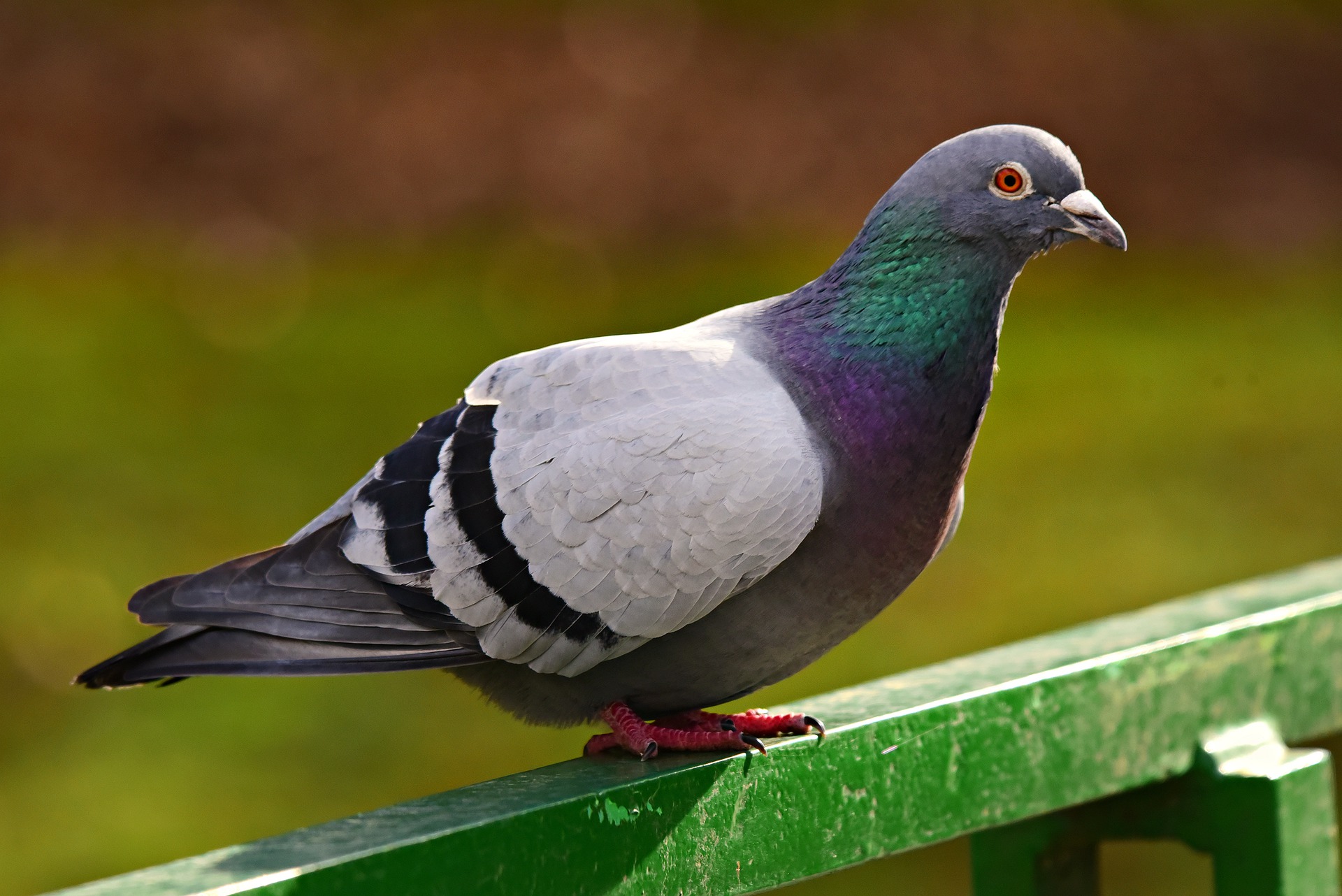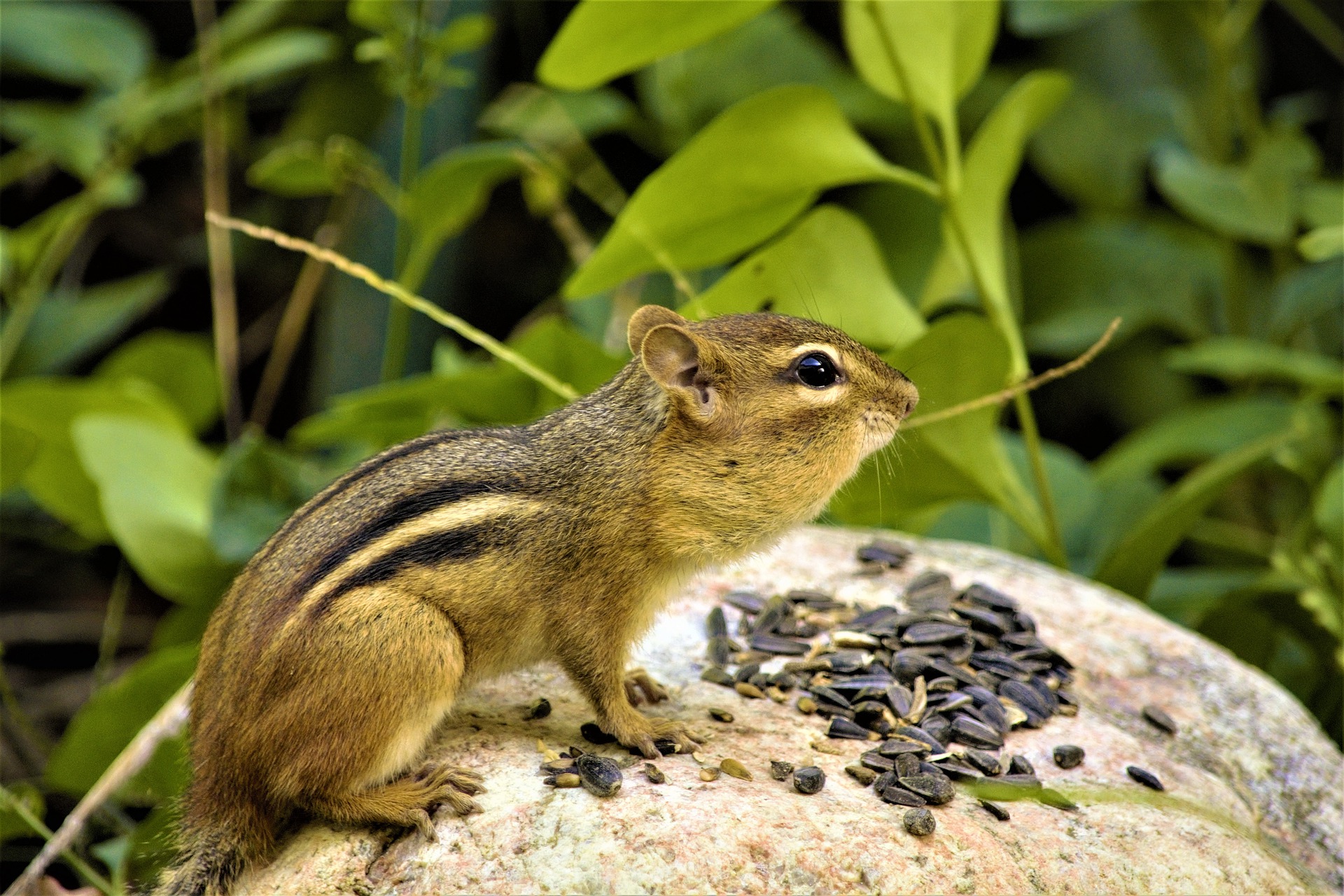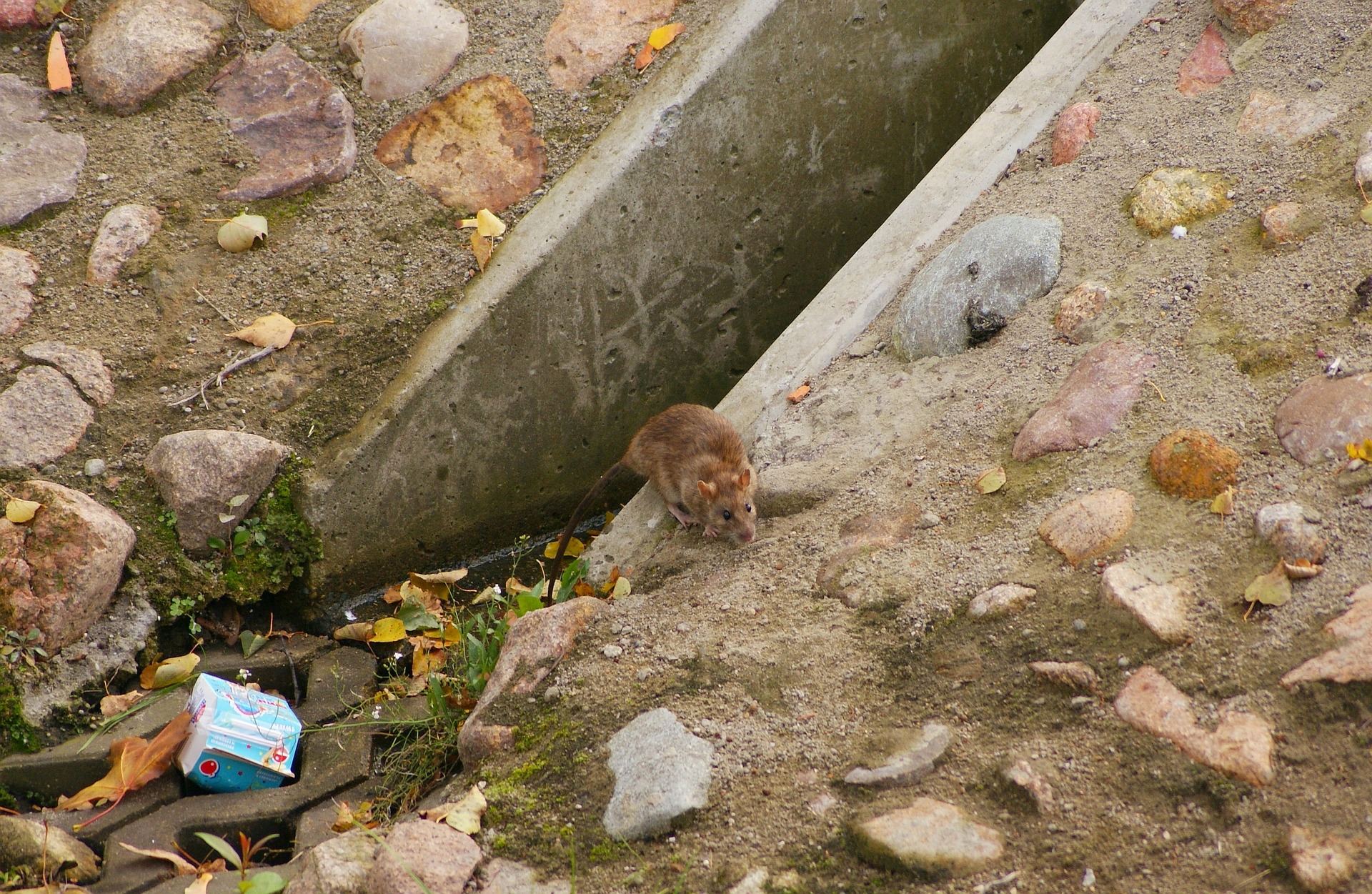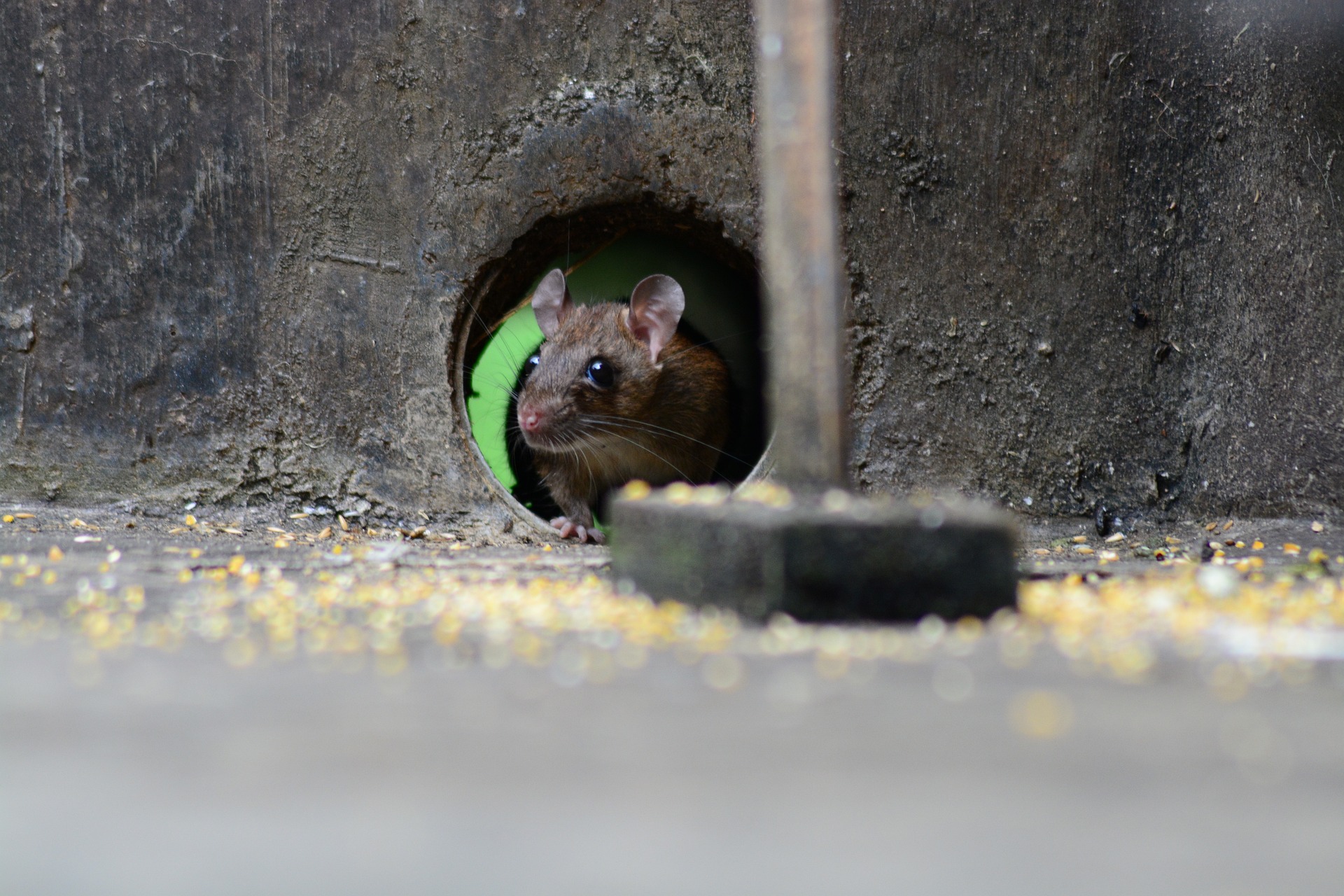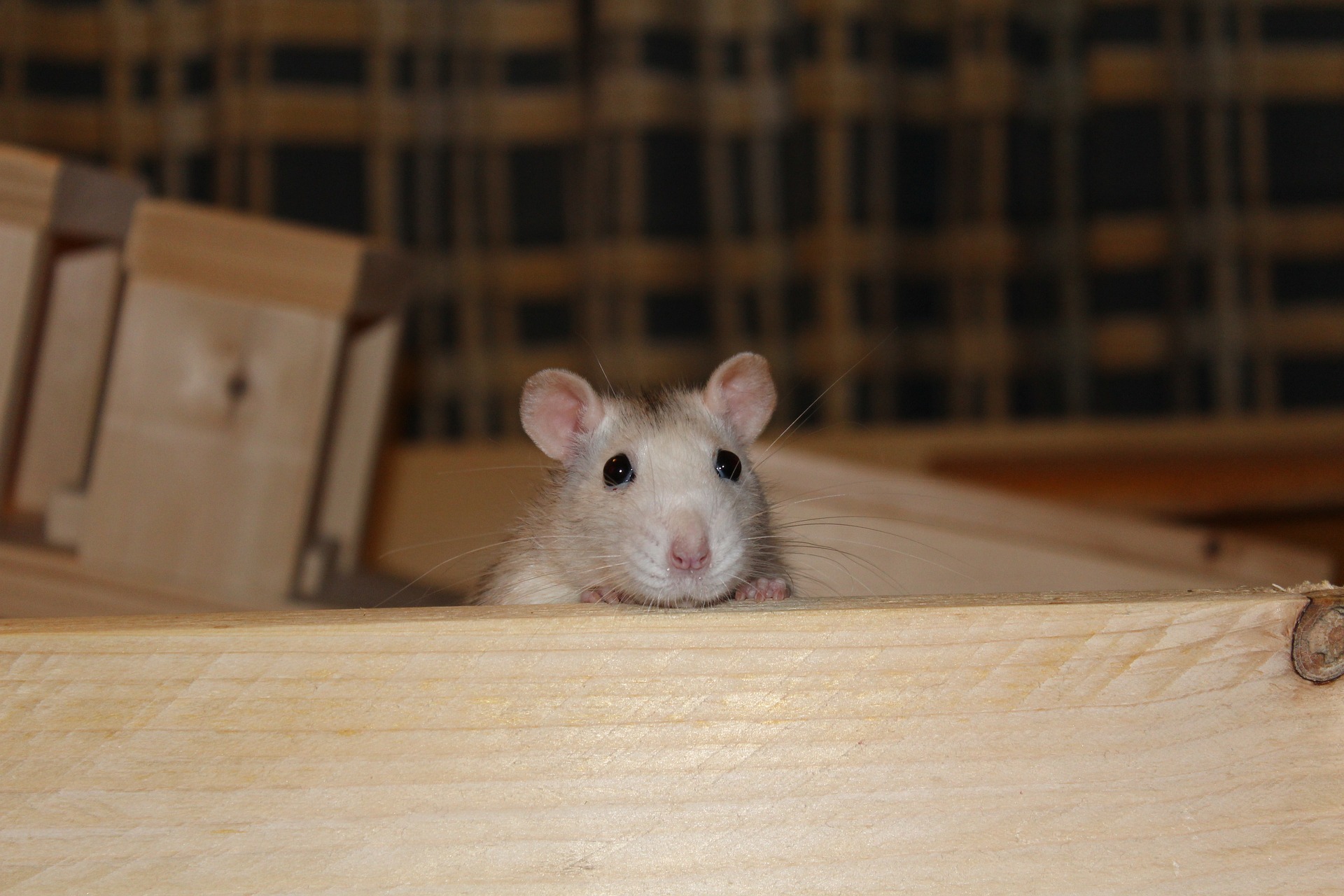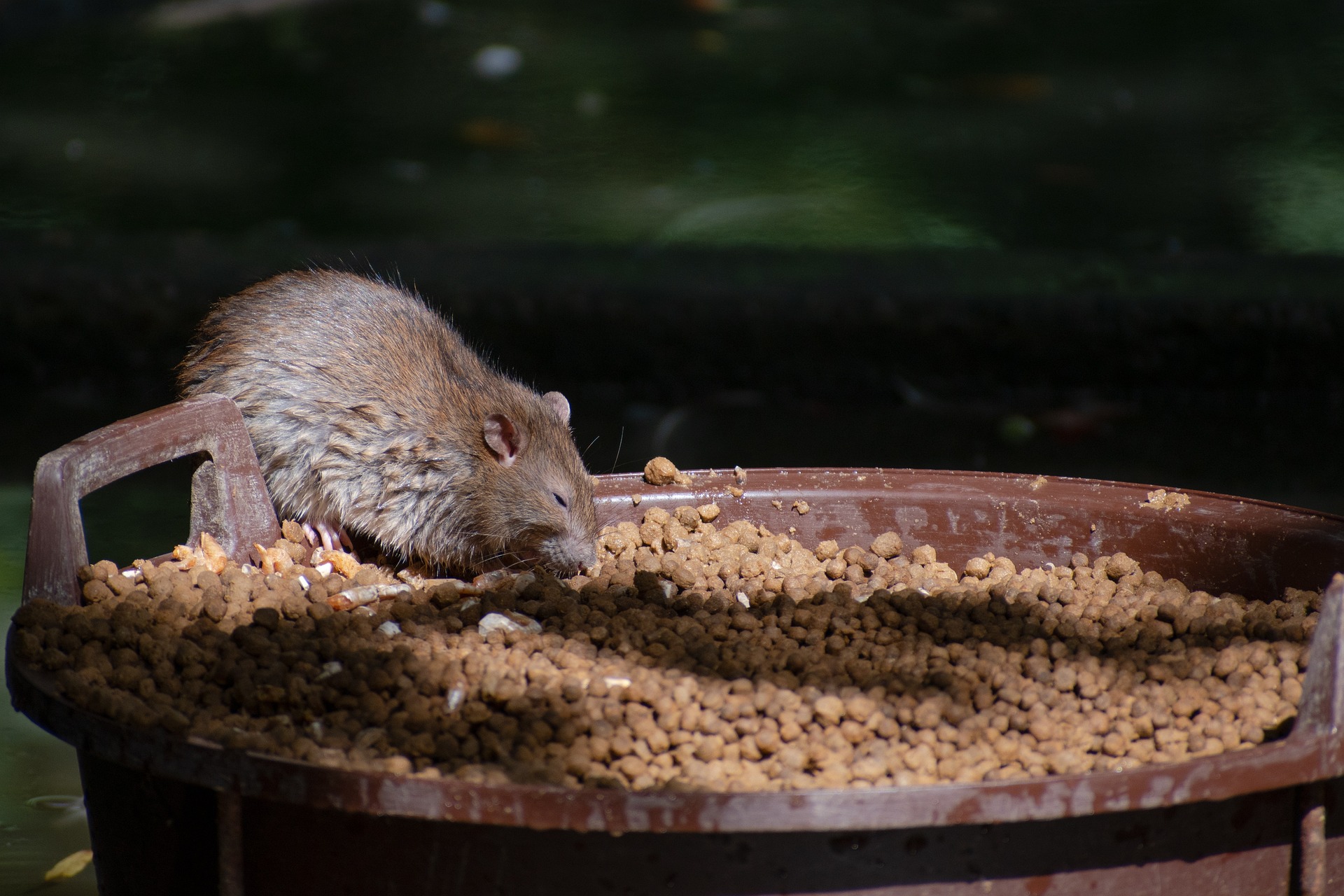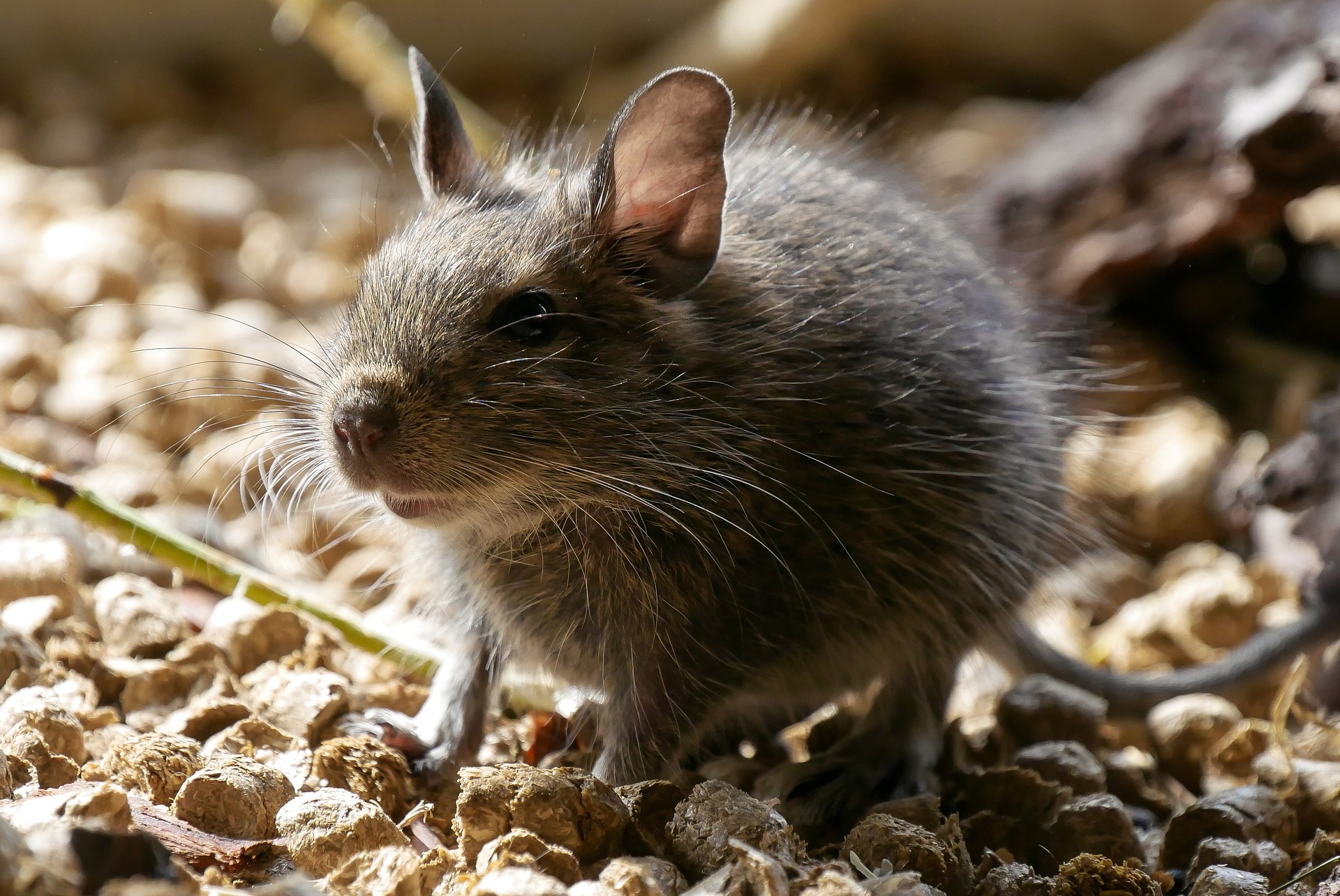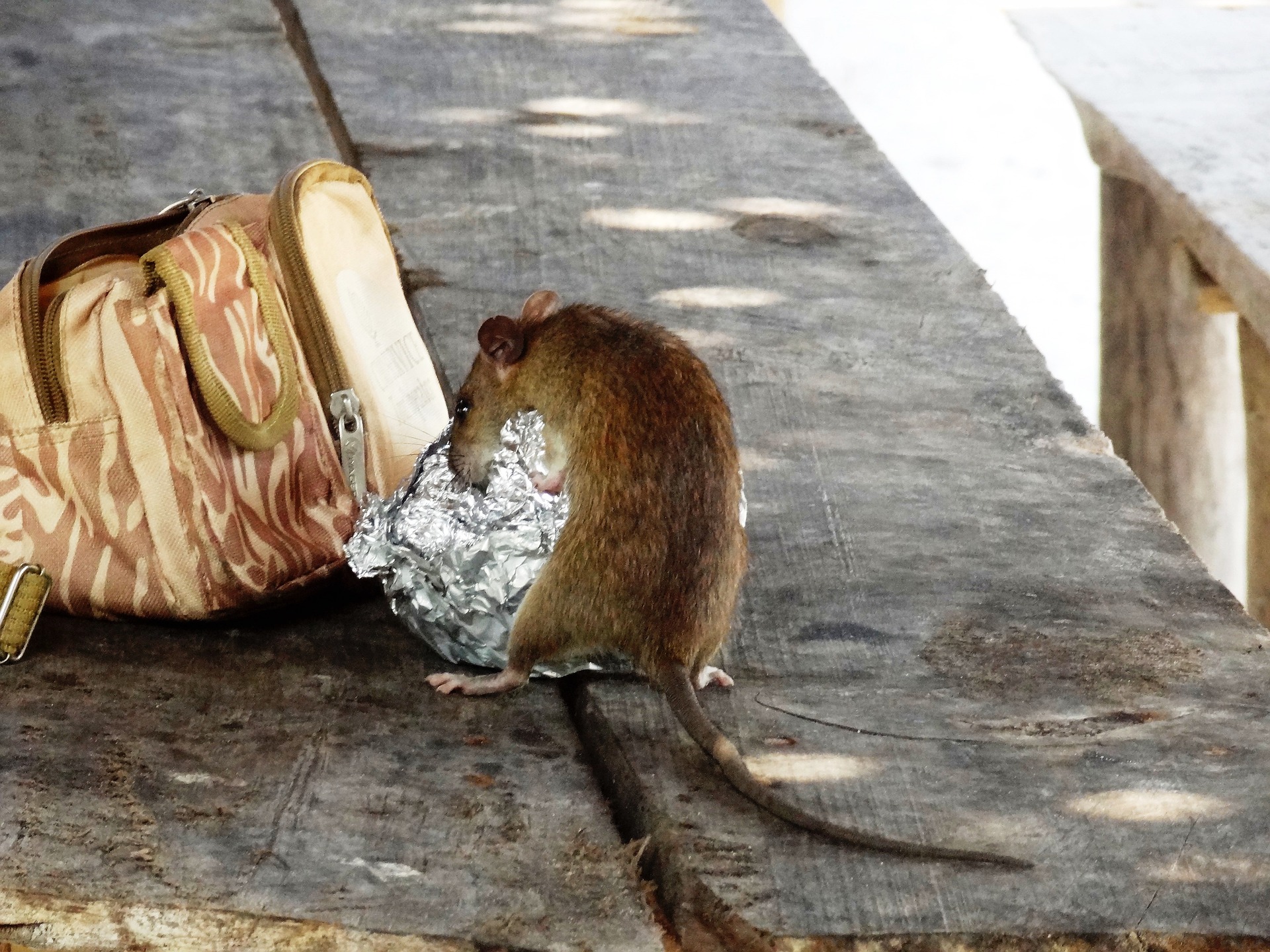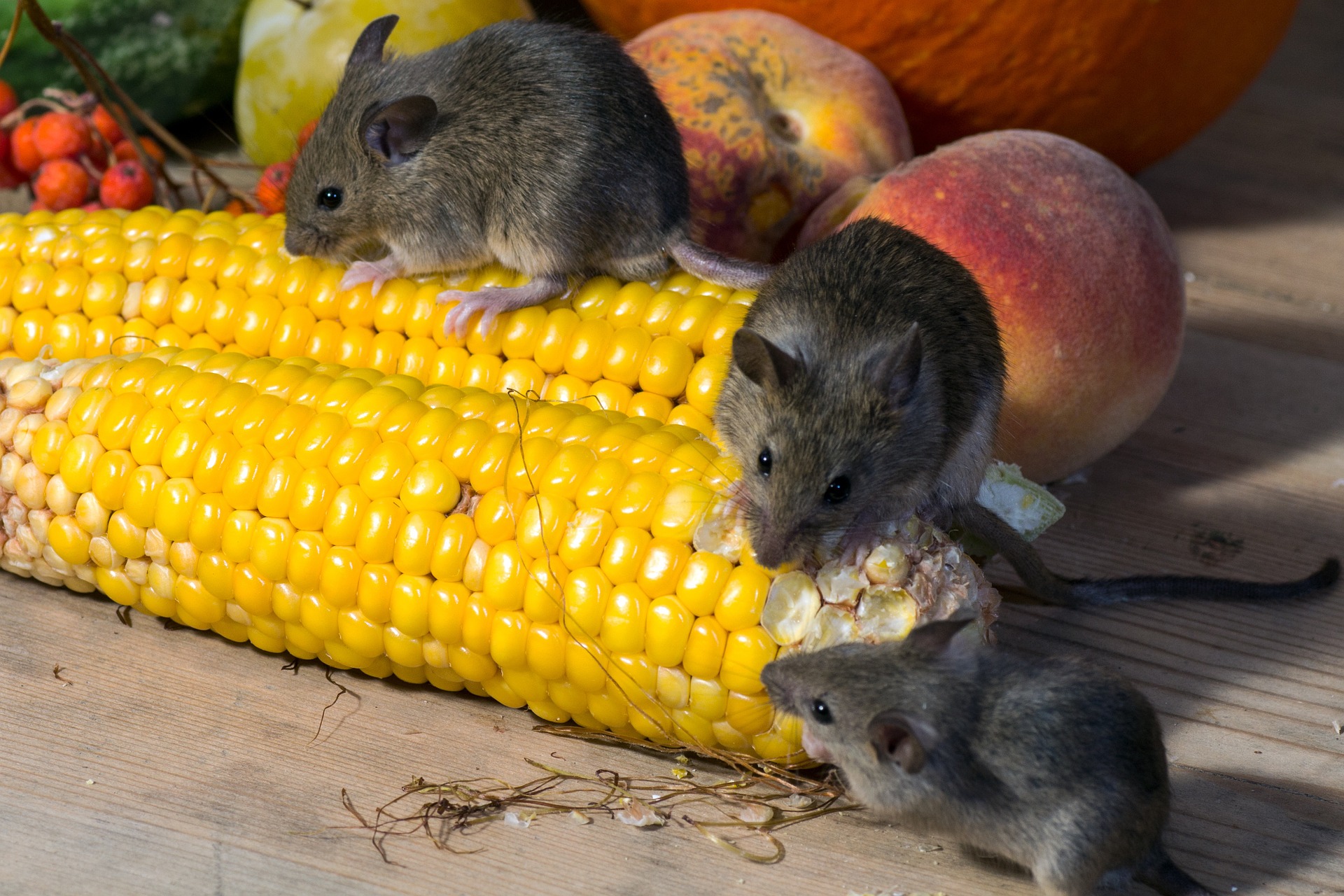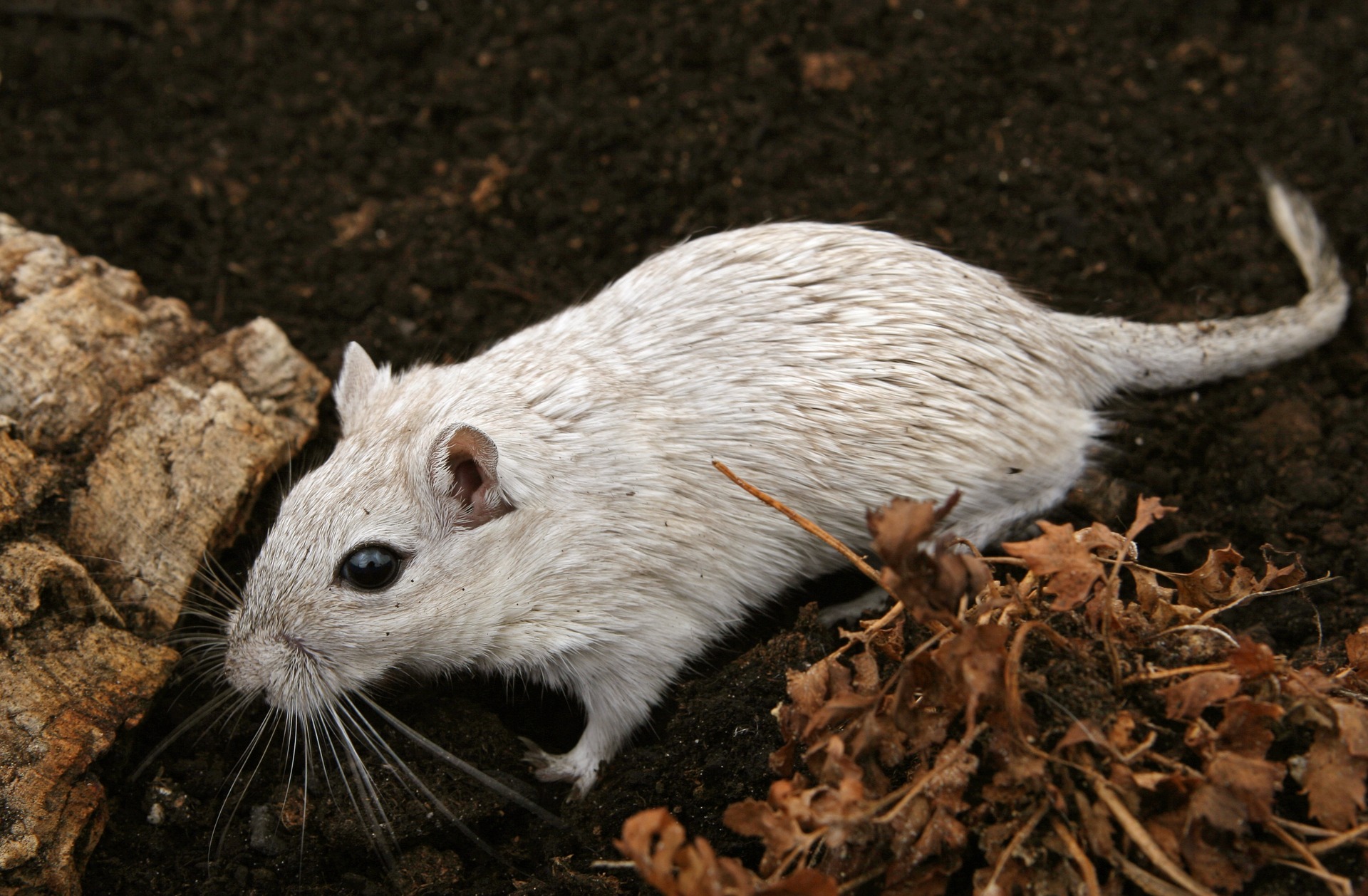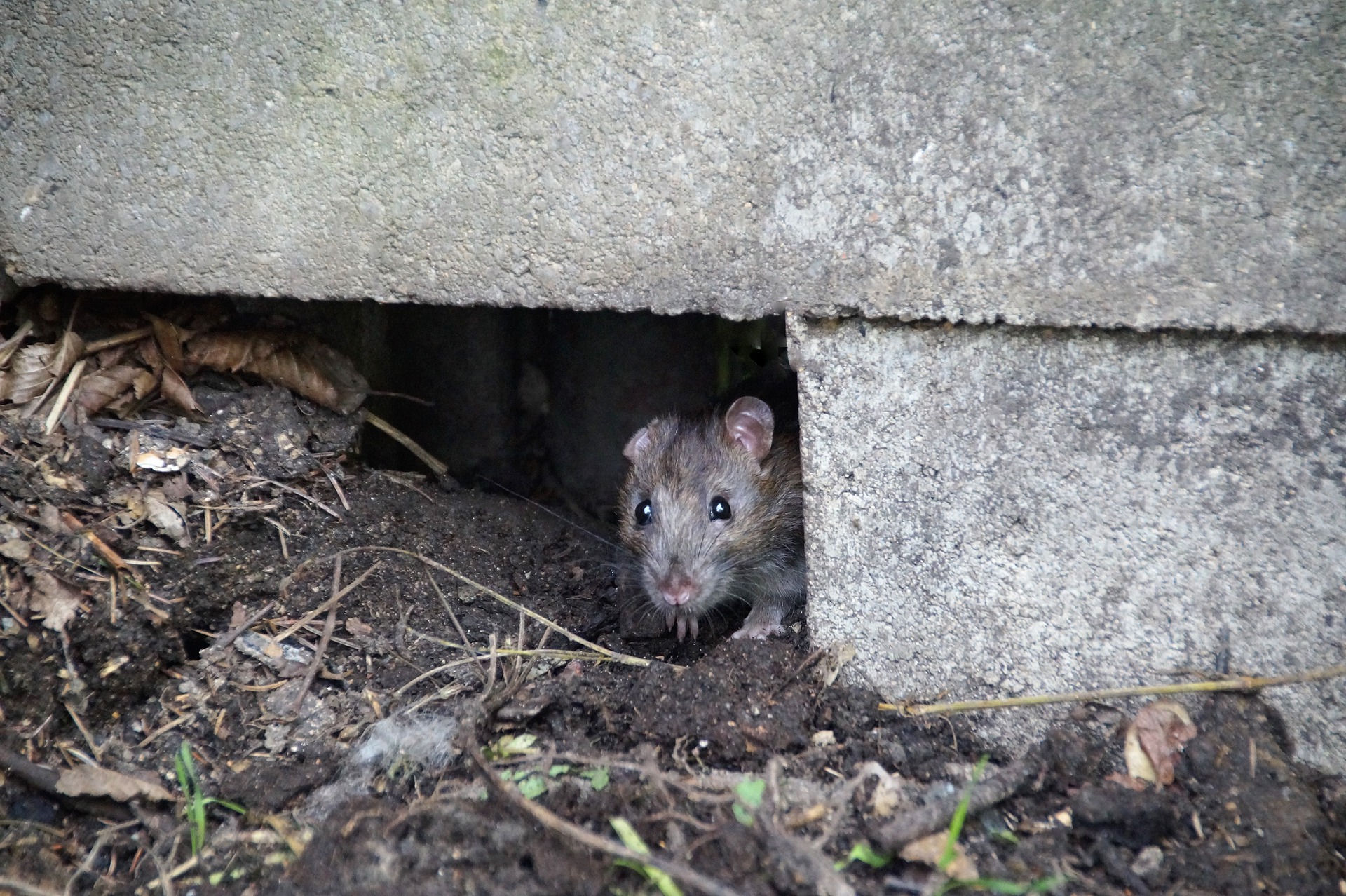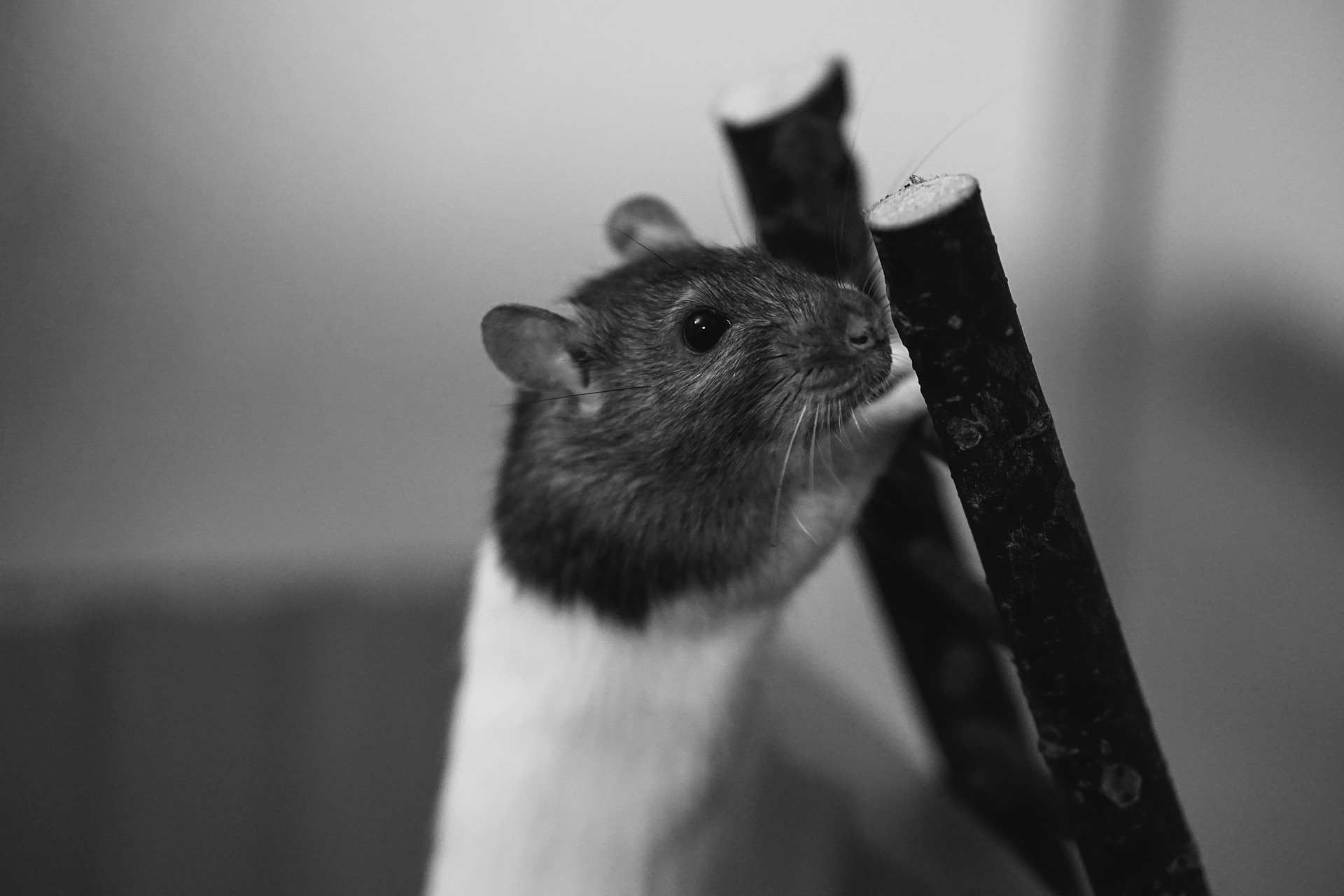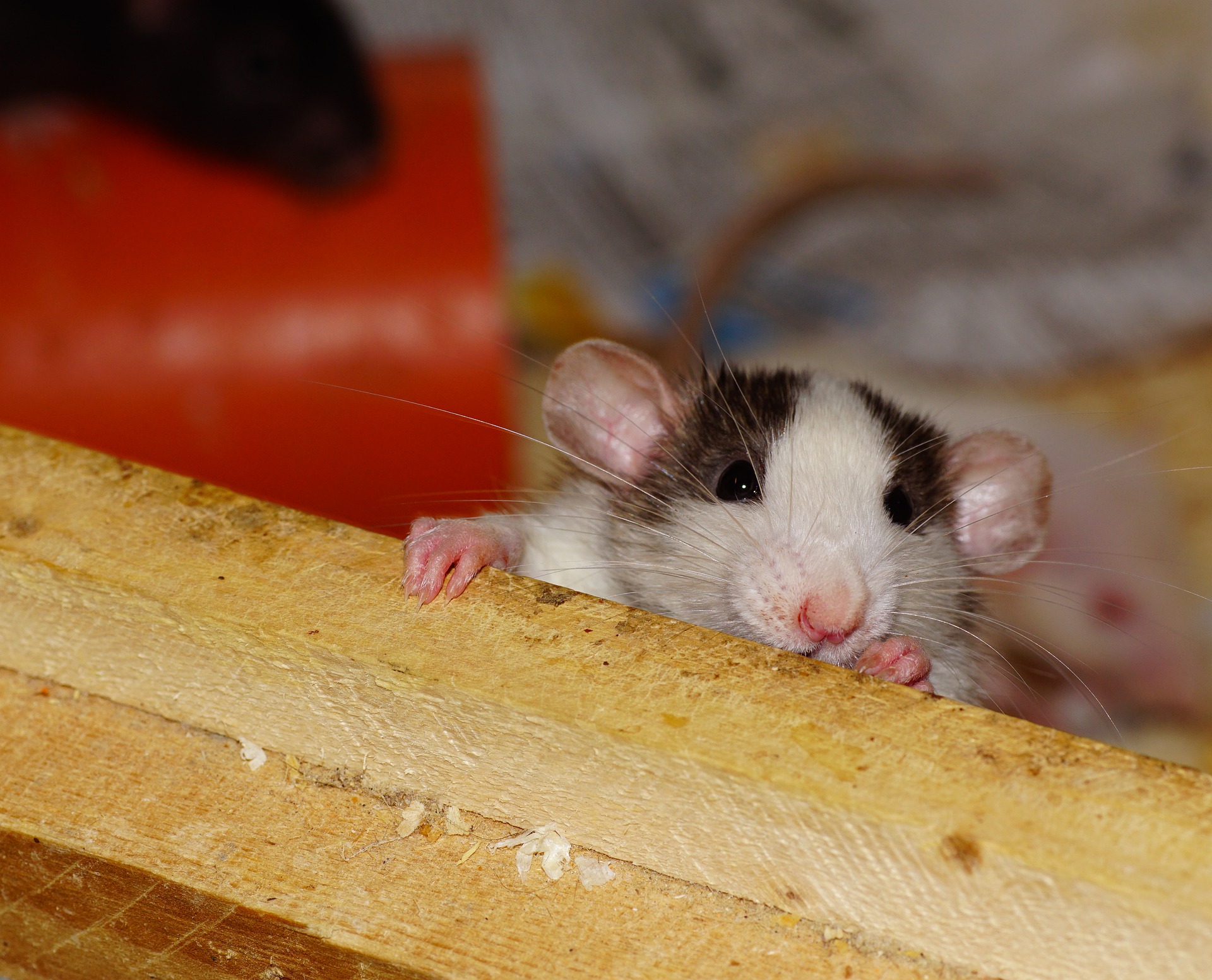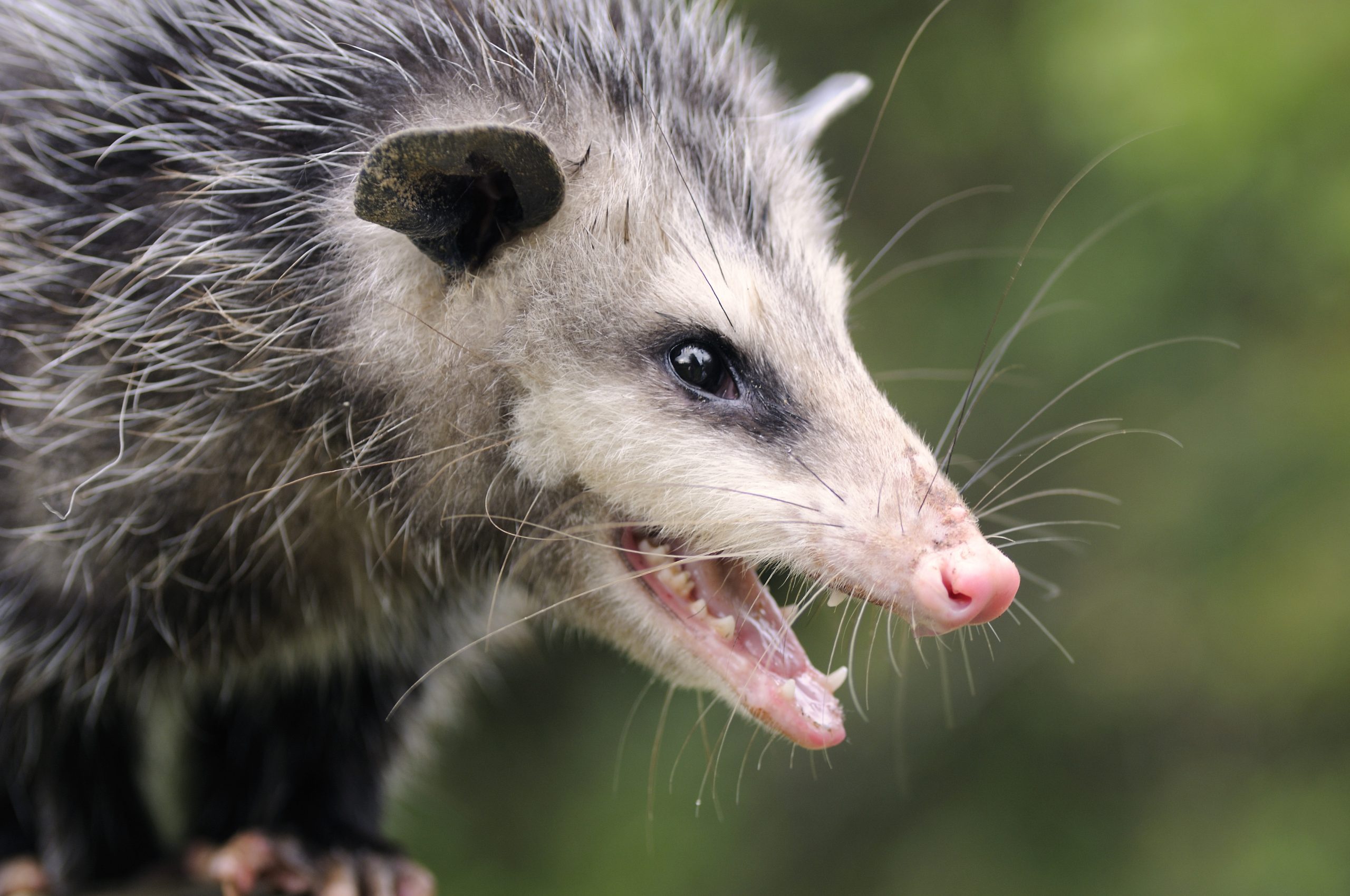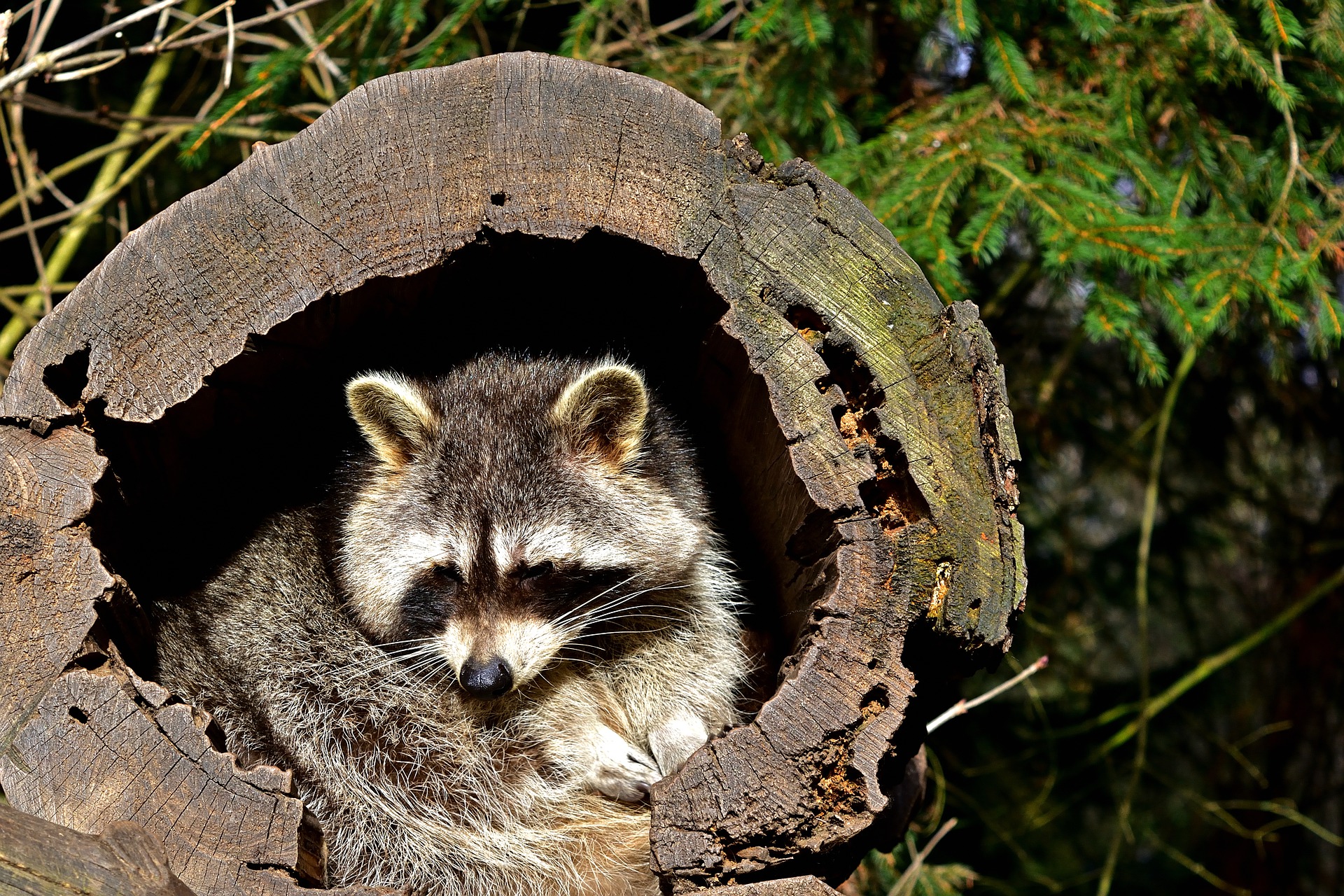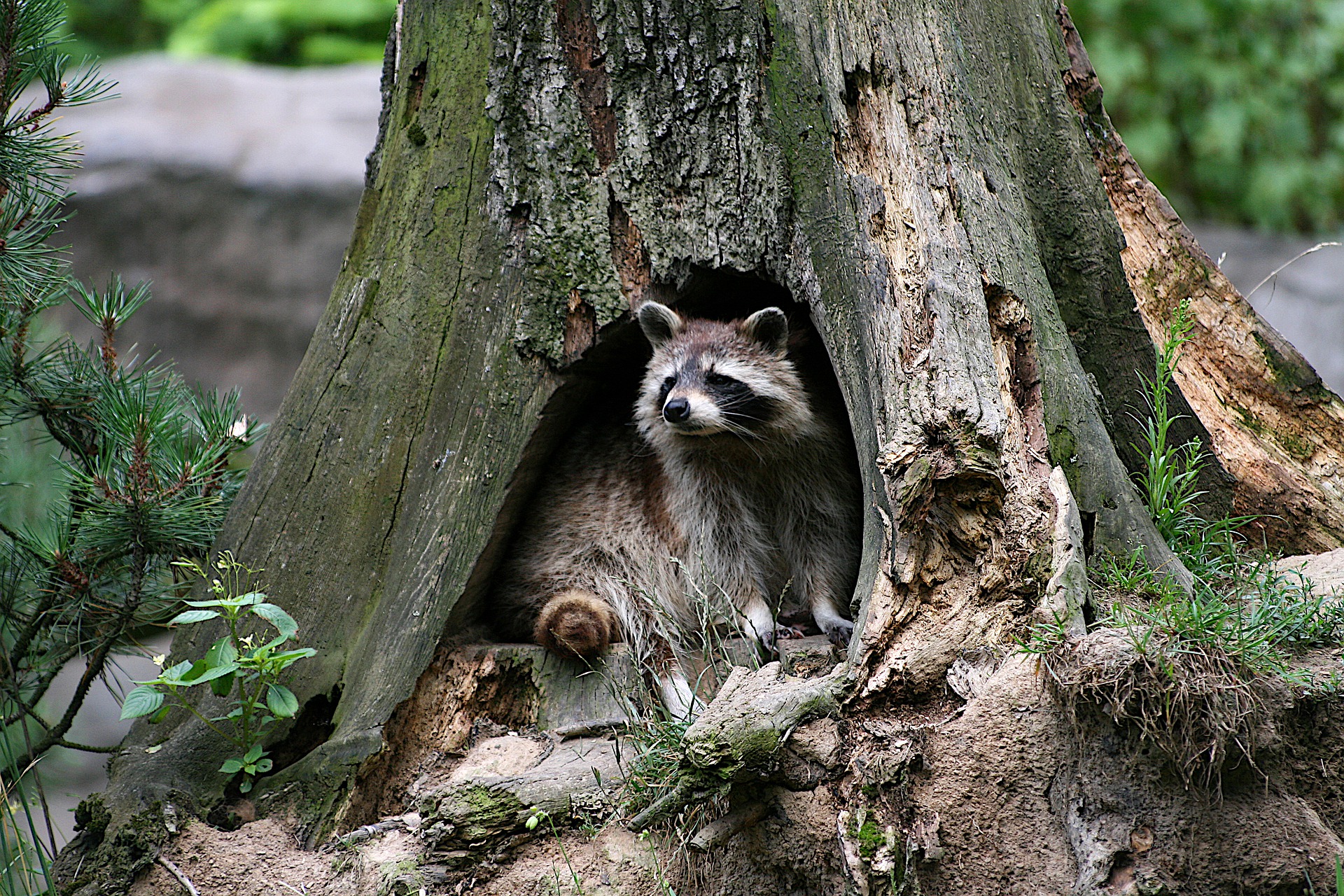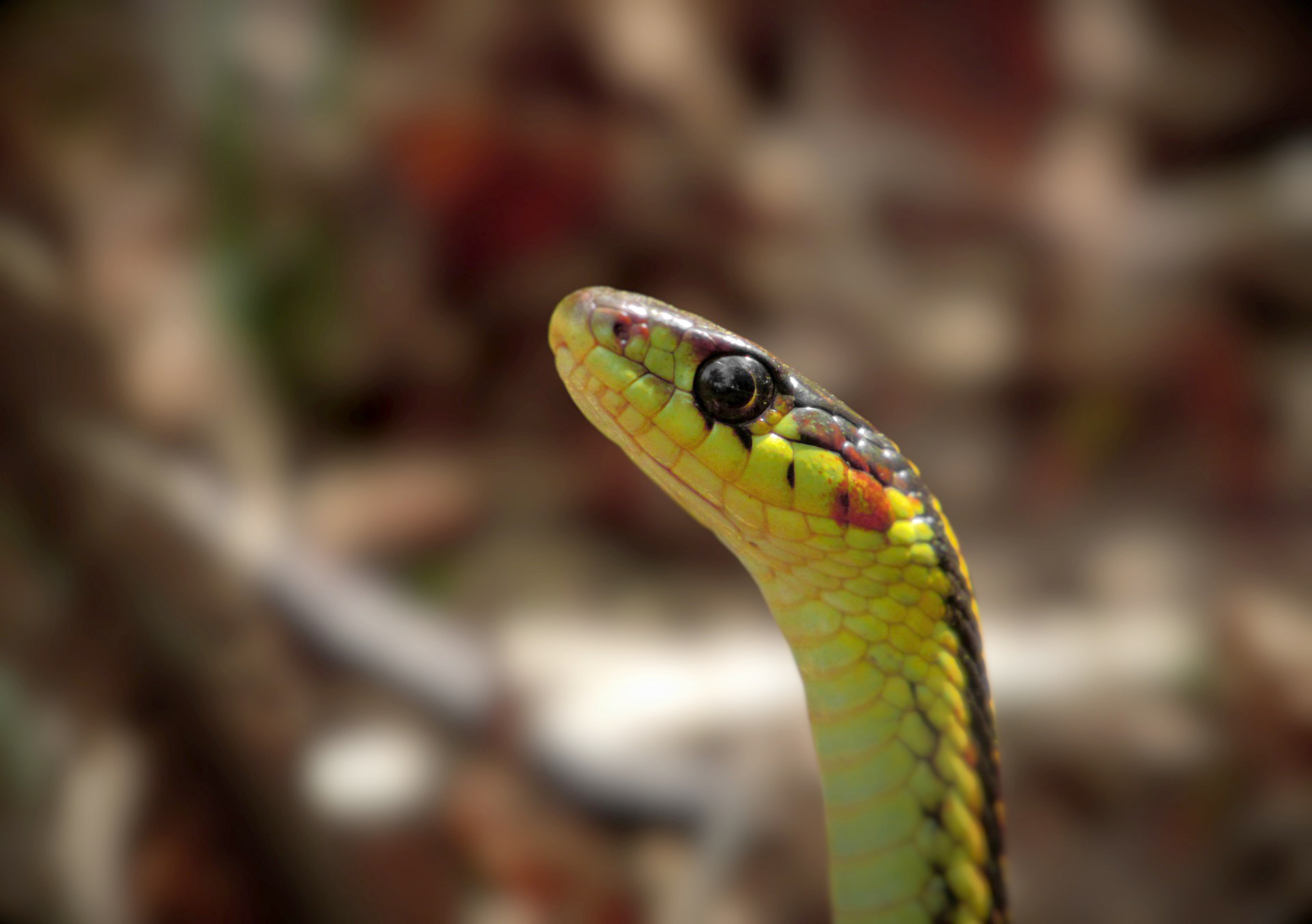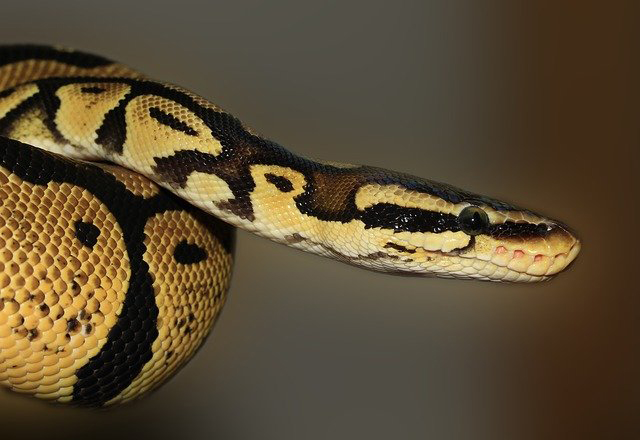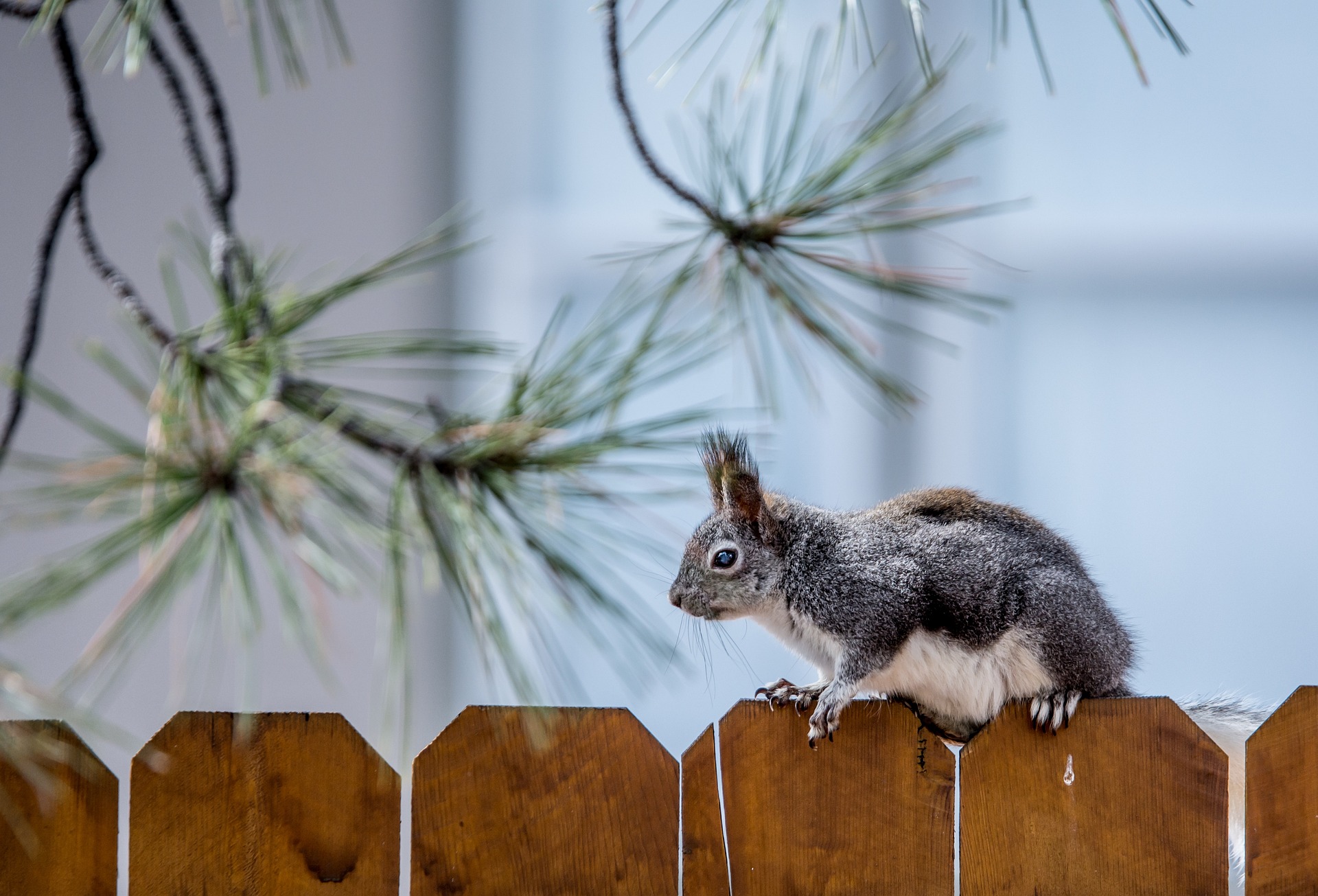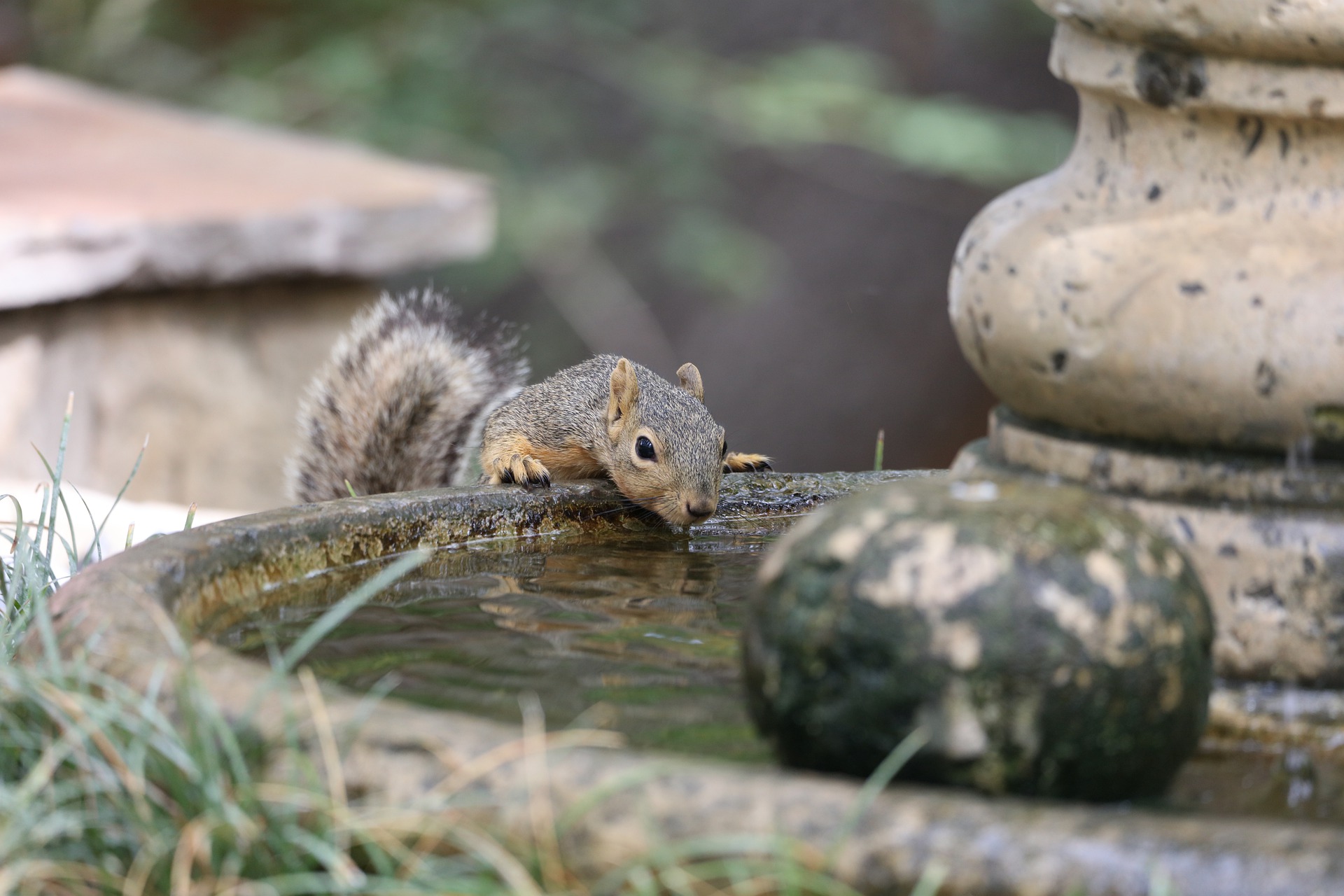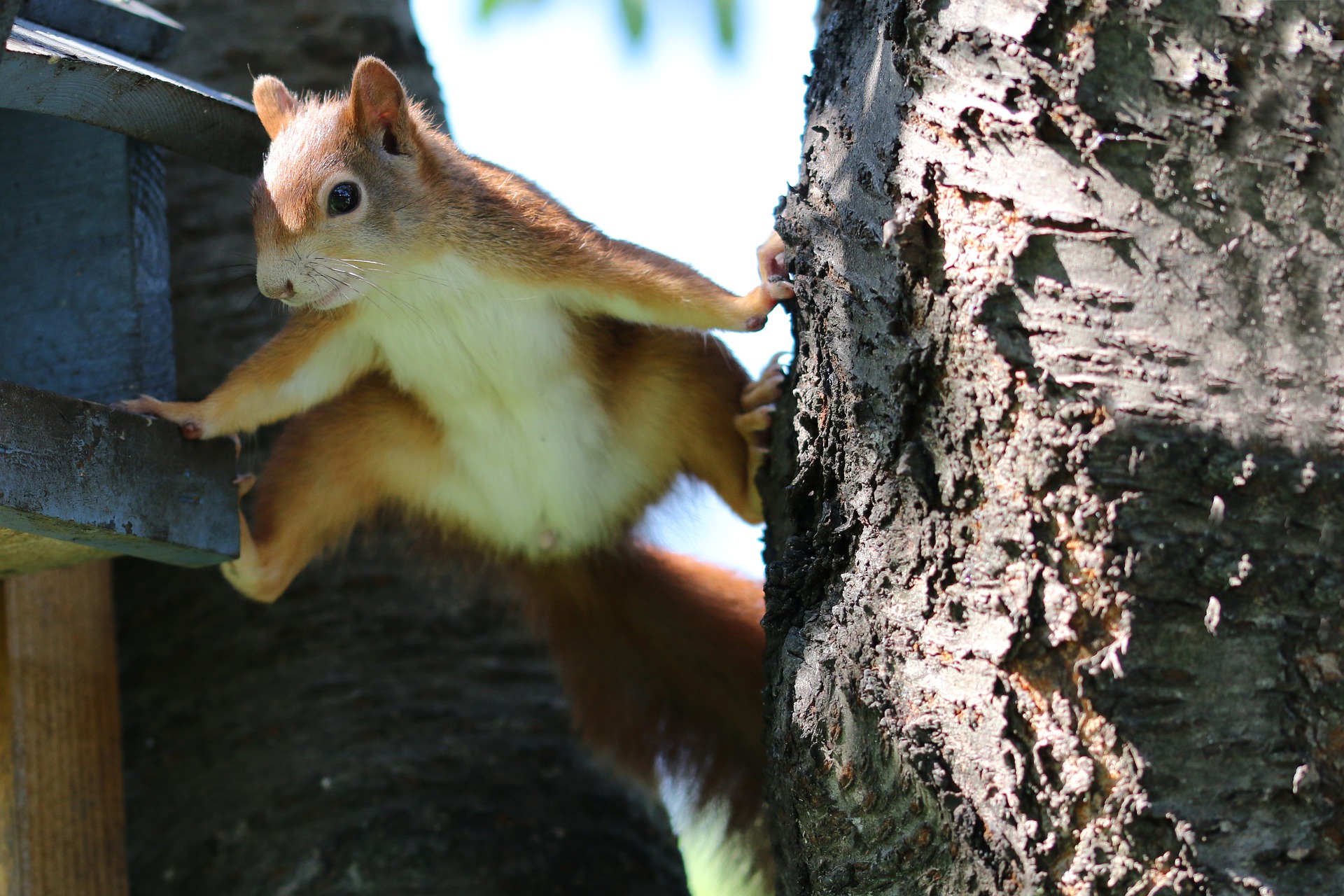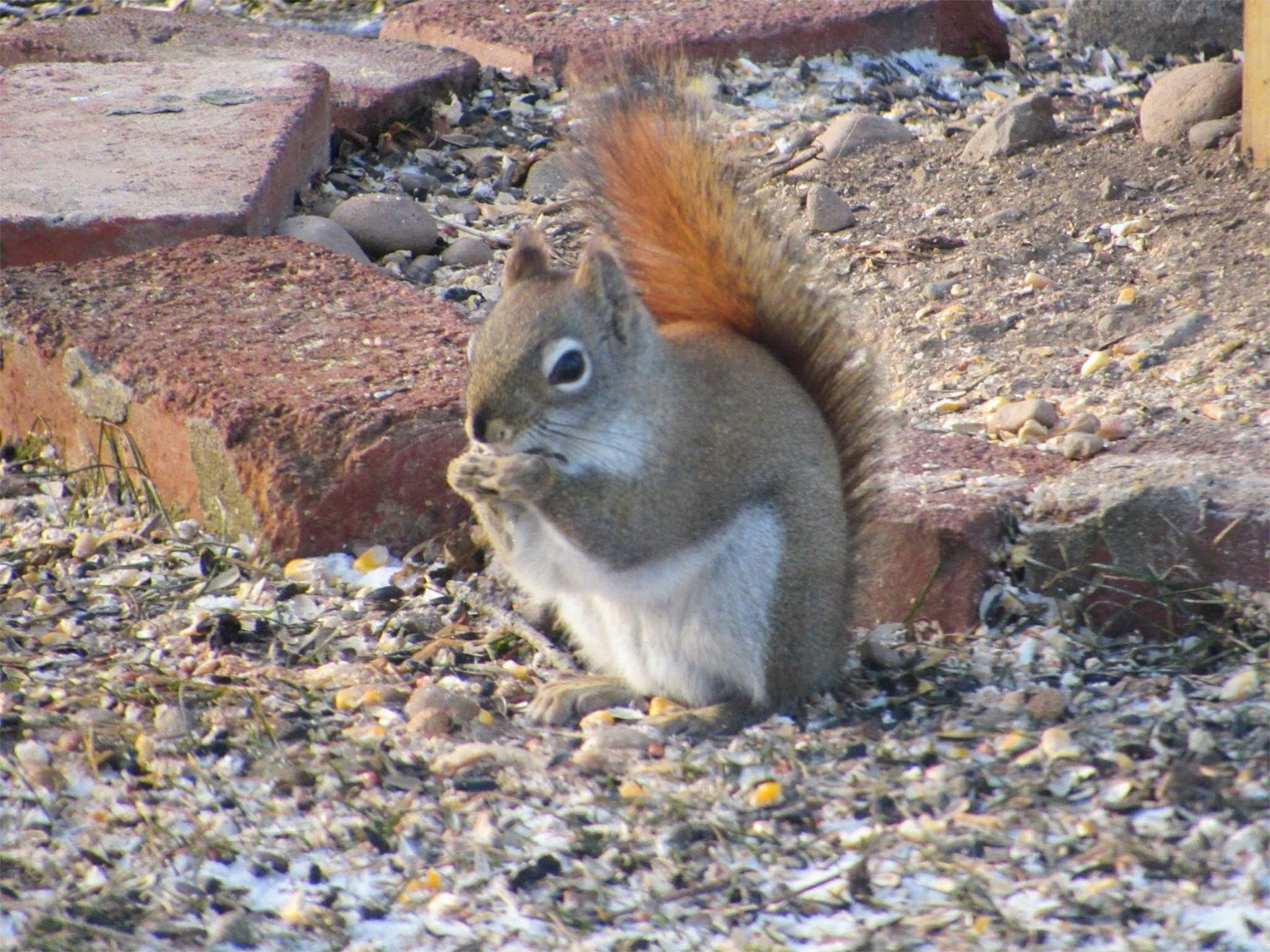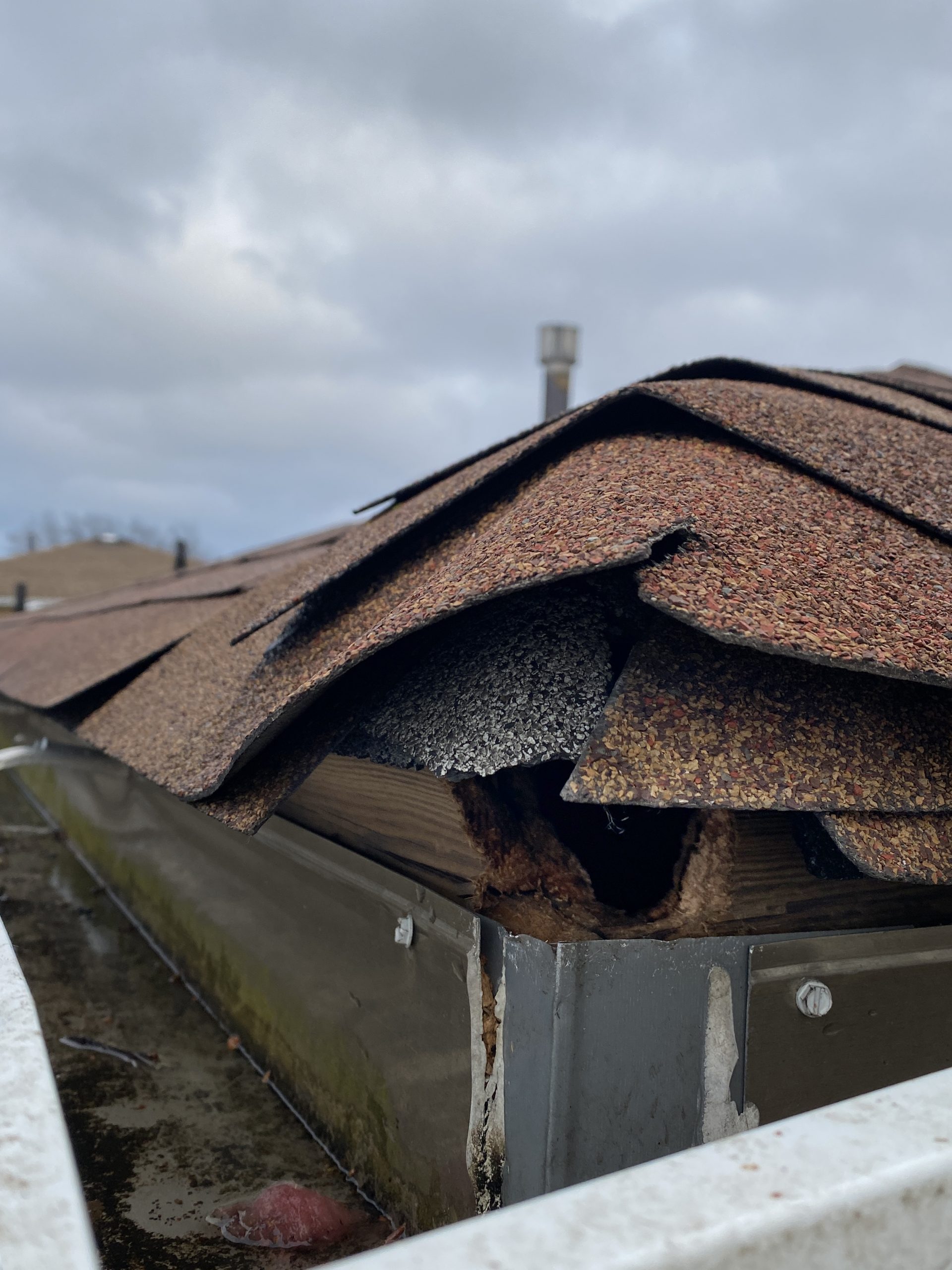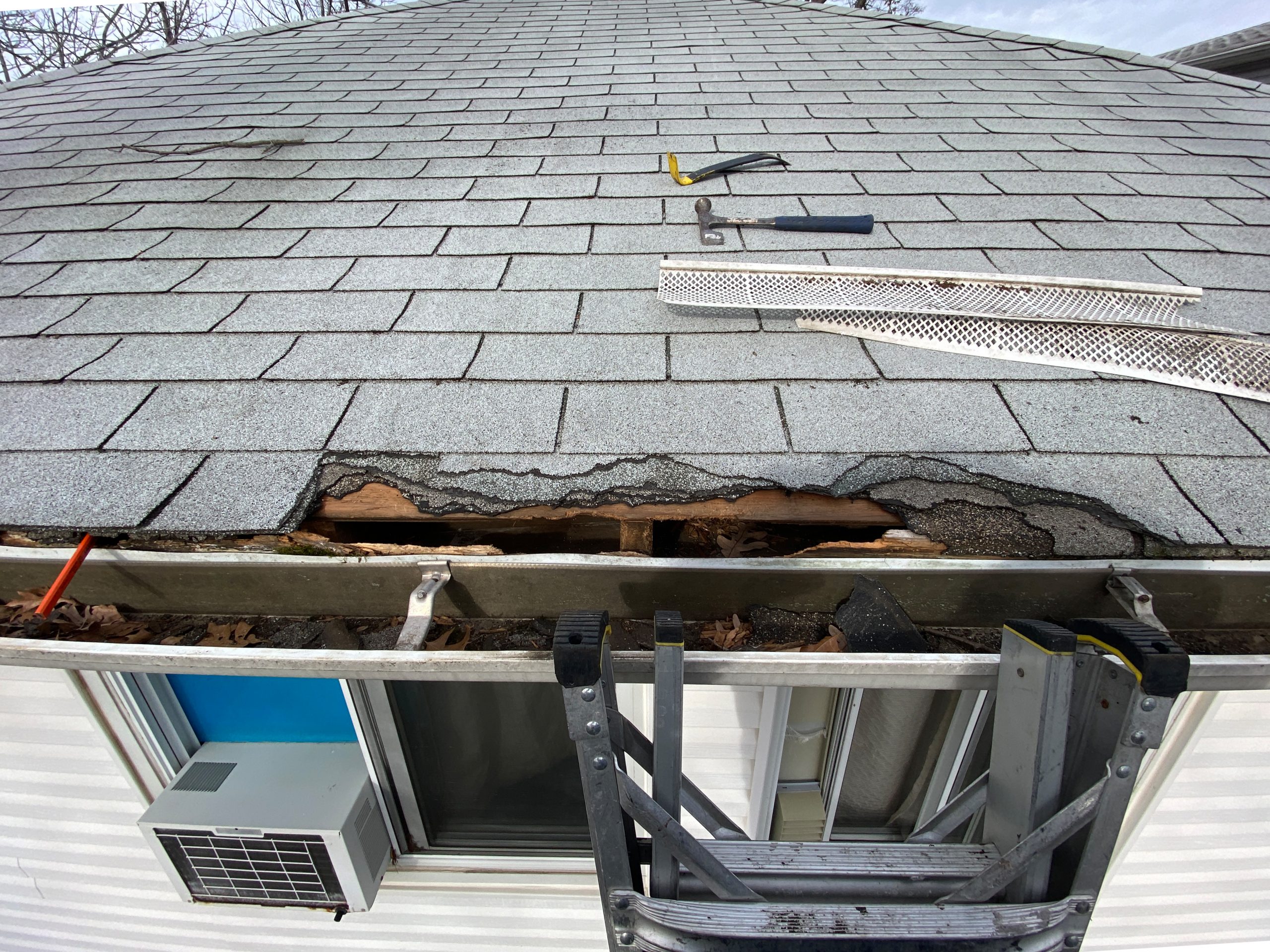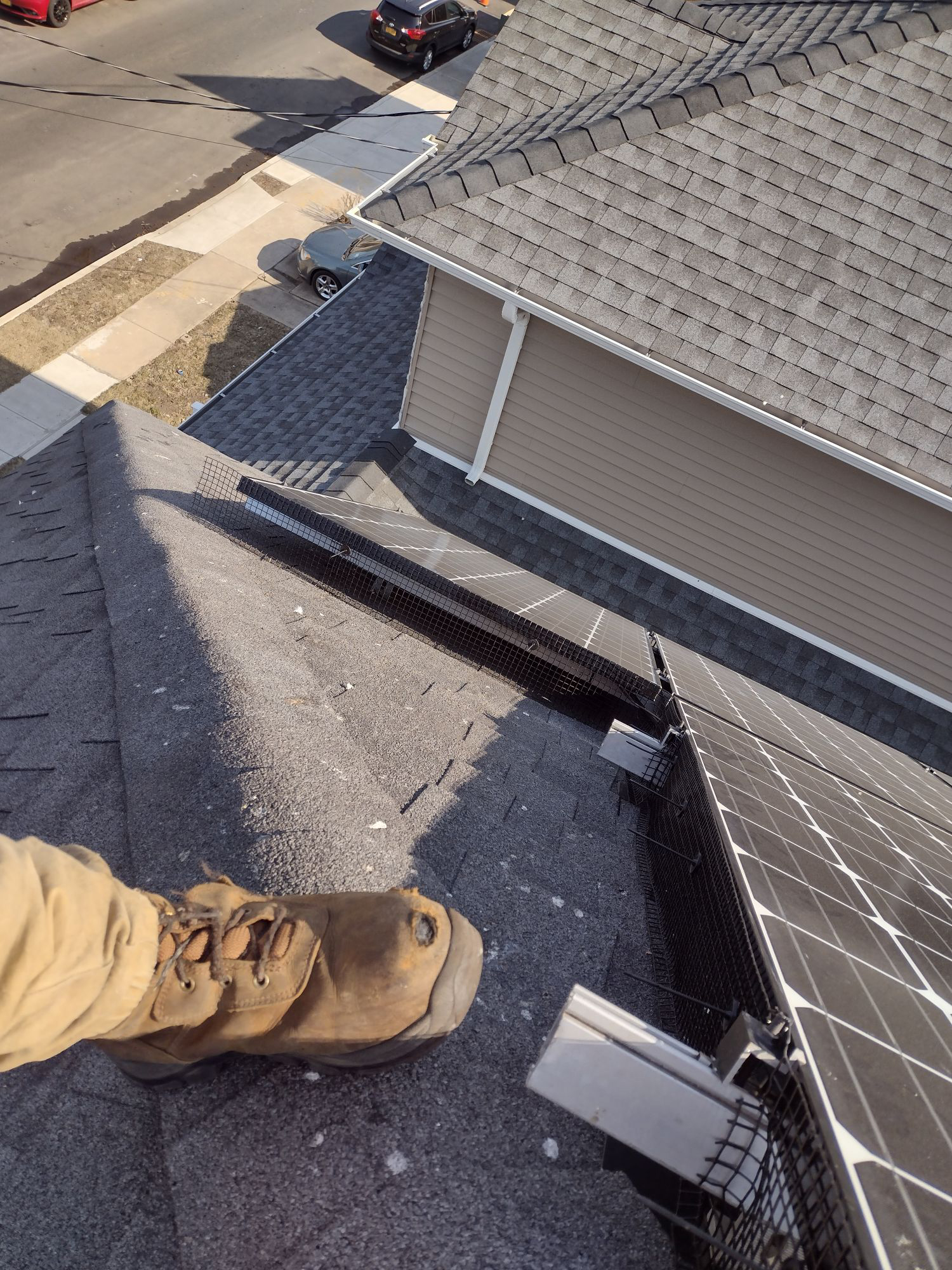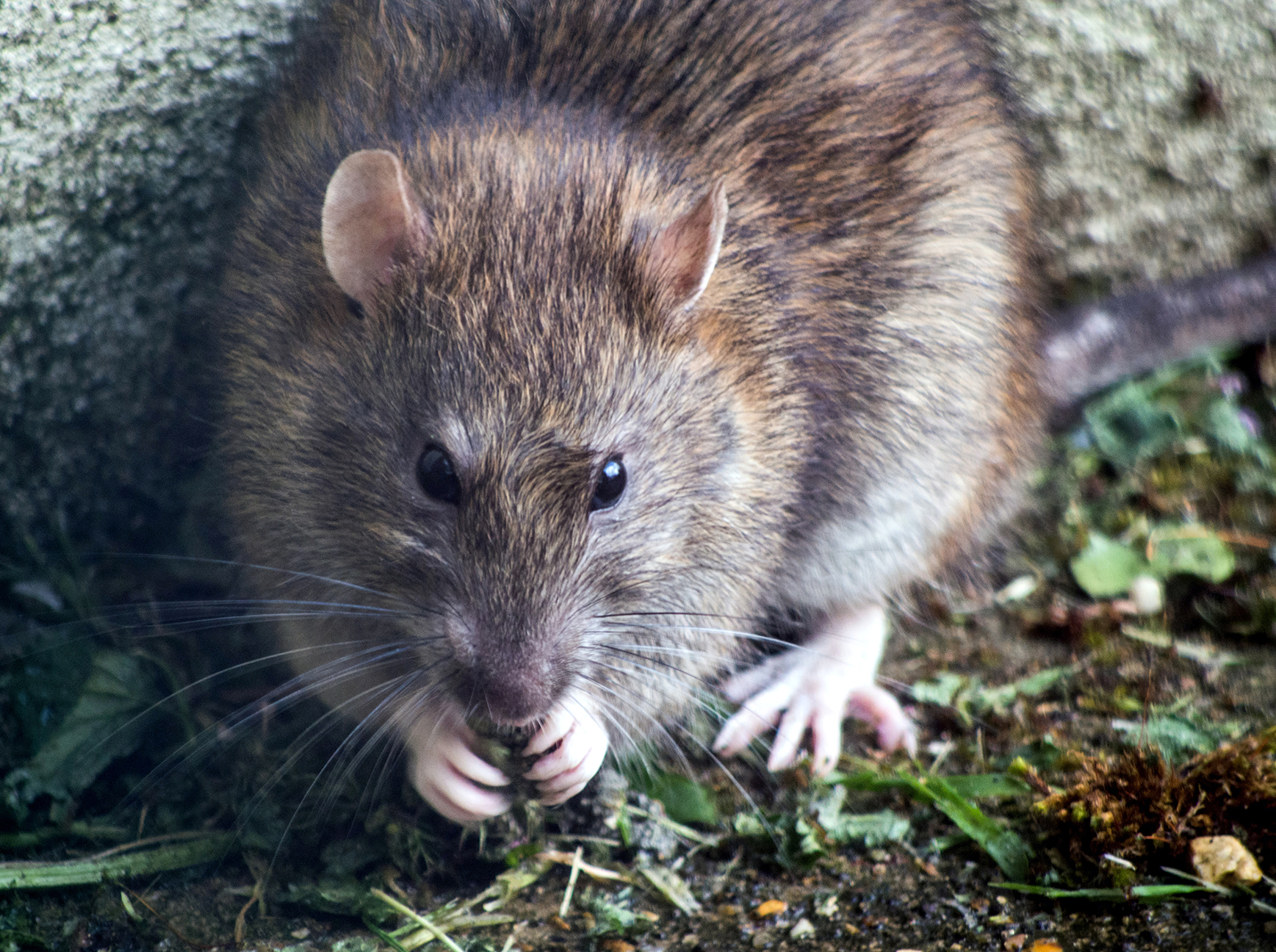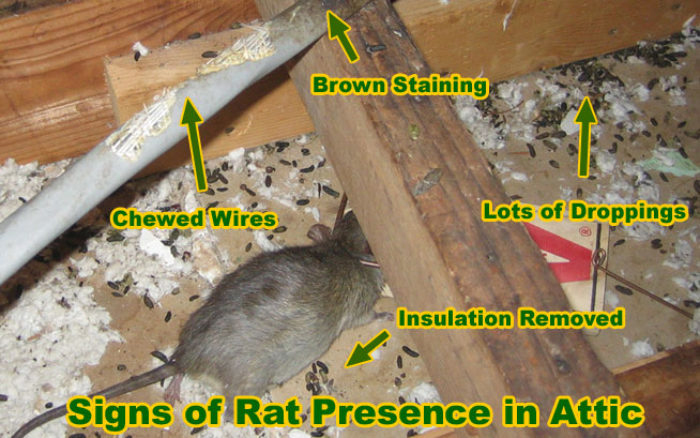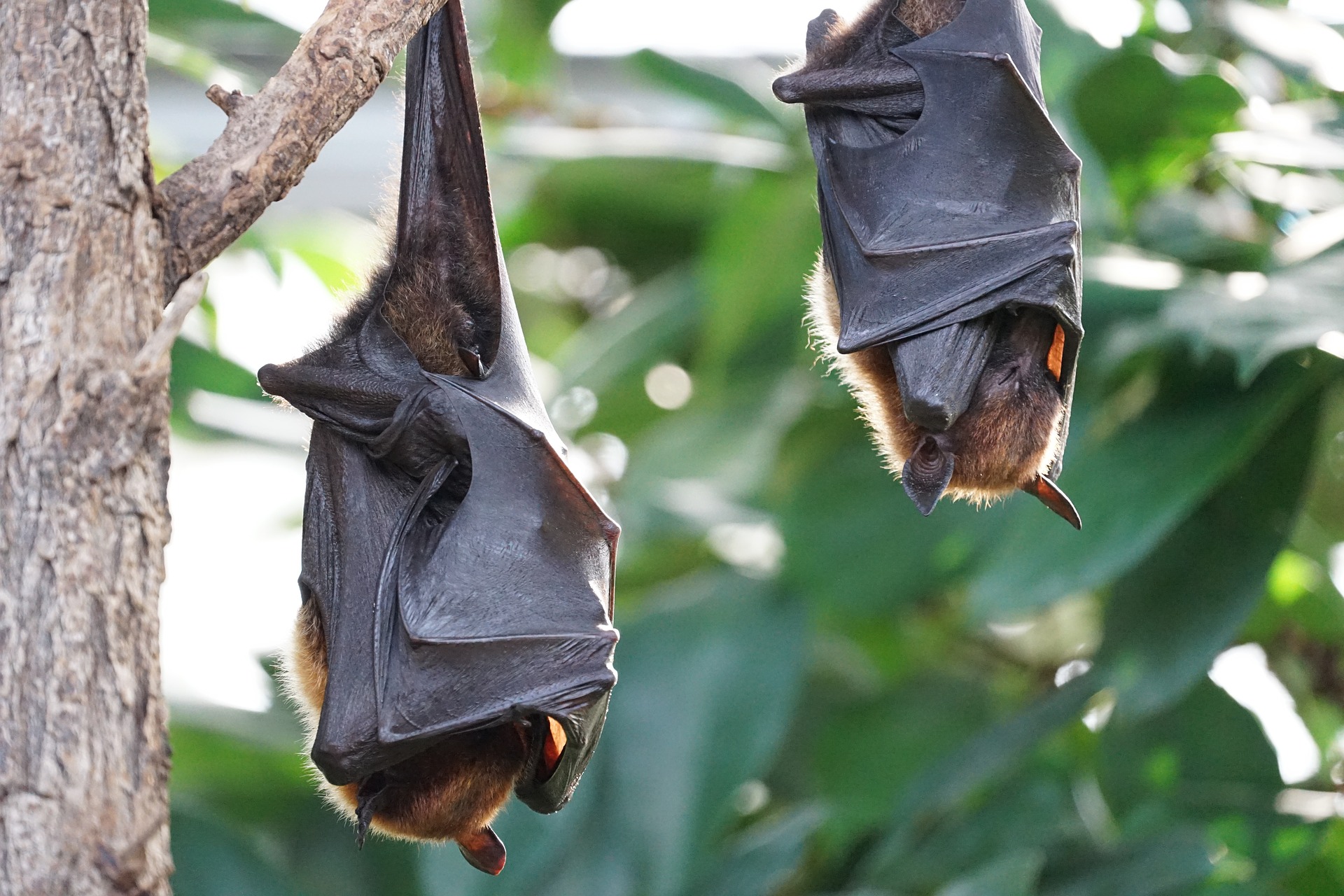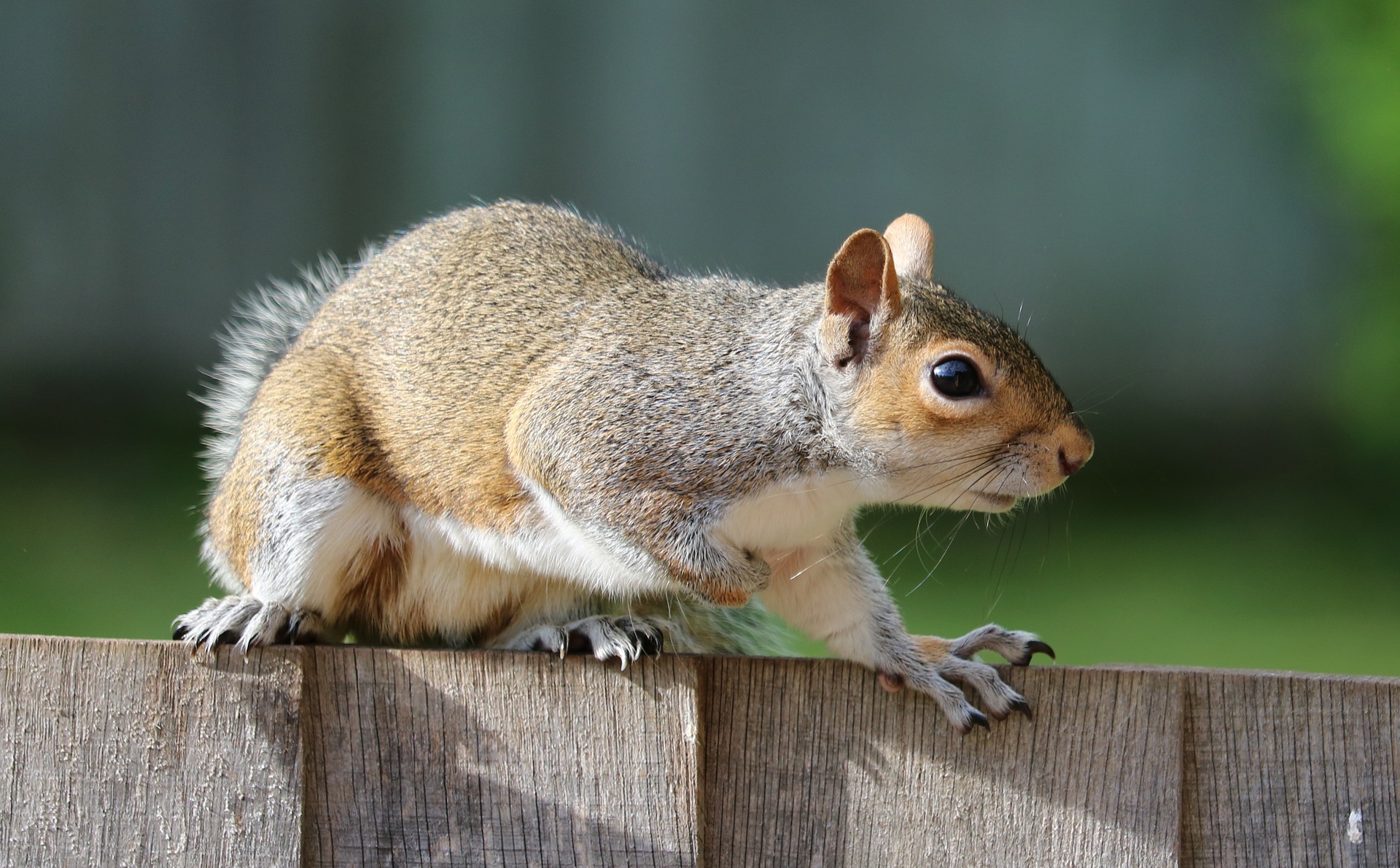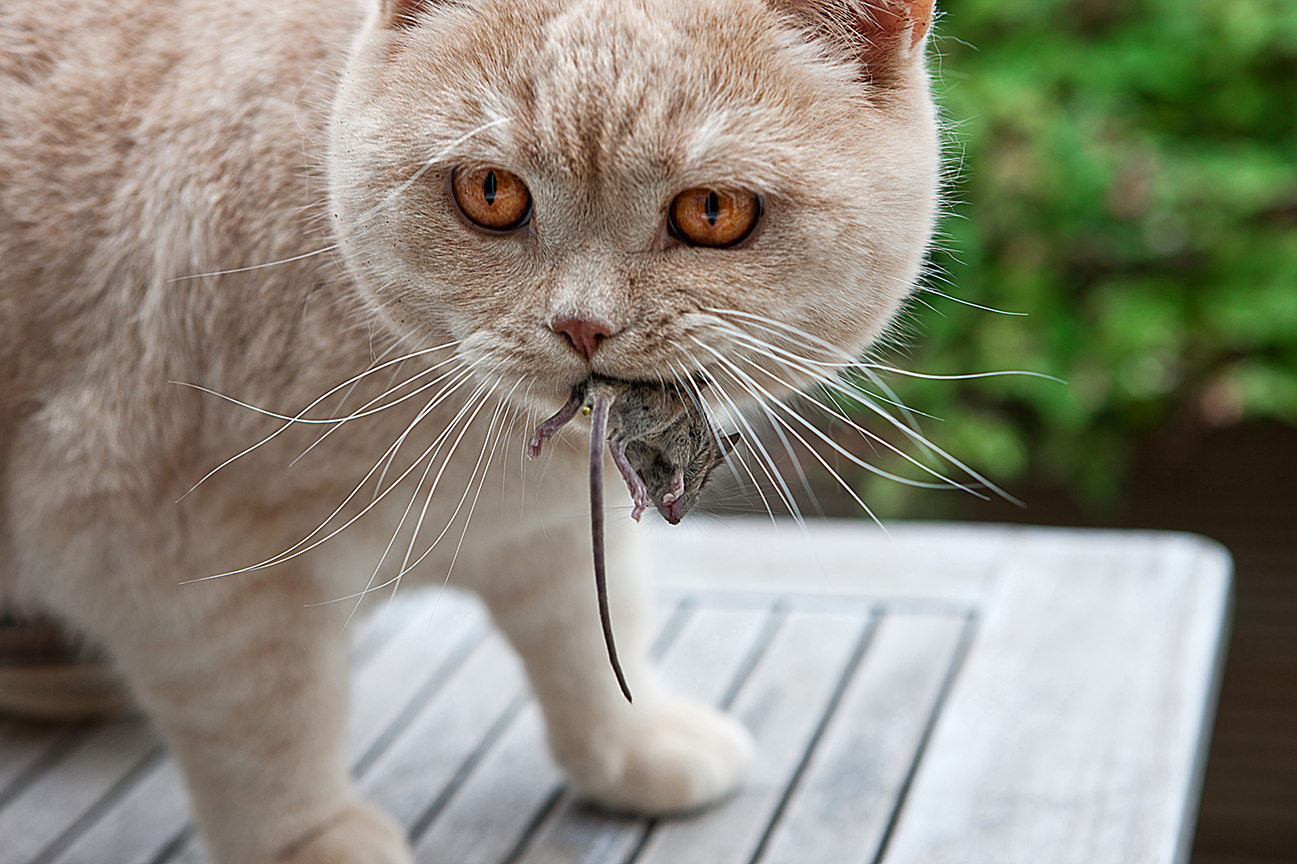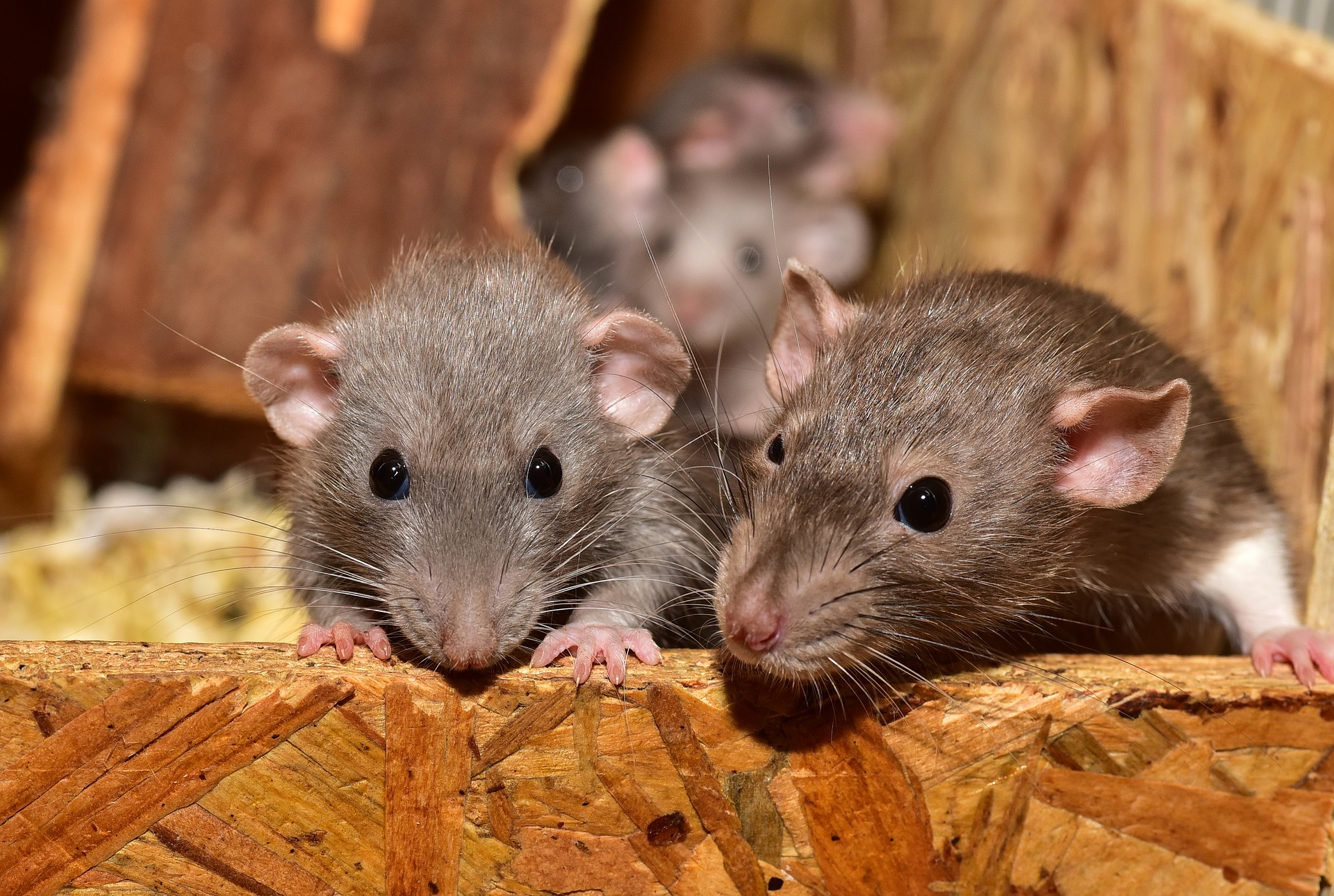
No rodent infestation is ever welcome on your property. If you’ve heard scratching behind your walls or noticed droppings on the ground, a nest of mice or rats is the usual culprit. It is often difficult to tell without seeing one of these animals which rodent – mouse or rat – you may be faced with, and while they both show similar behavior, knowing which one is which can help you know what to look out for and understand the risks that are associated with prolonged invasions.
Different Characteristics of Mice and Rats
Although closely related in both appearance and behavior, mice and rats are different animals. The easiest way to tell the difference between them is, of course, if you happen to see one on your property. Adult rats tend to be much larger than mice, measuring up to 20 inches from its nose to the end of its tail. Mice are often closer to 5 to 7 inches long, thinner, and lighter weight.
Other differences in body parts can help you tell a mouse apart from a rat. This includes both the proportions and appearance of:
- Heads – Mice have smaller heads in relationship to the rest of their body than rats. A mouse’s head is also triangular while a rat has a blunt snout and a less defined head.
- Ears – The ears on mice are larger and floppier, protruding from their heads. Rats have narrower ears that are less apparent.
- Tails – A mouse’s tail is longer in proportion to its body and is usually covered with hair. Rat tails are still long, but make up less of their overall measurement. They are typically hairless and pink.
These physical characteristics are dependent on seeing the rodent infesting your house. But if rustling noises or another sign has clued you in to an infestation, examining these signs can differentiate between mice or rats:
- Droppings – Rat droppings are often larger, approximately 7 to 19 mm, and rounded at the ends. Mice leave droppings that tend to have pointed ends and measure 4 to 7 mm long.
- Food – Both animals will eat what food is available, but mice generally consume more vegetables, fruits, seeds, and nuts. Rats go for items like meat, cheese, pet food.
- Behavior – Mice are curious and will freely explore. They can also climb. Rats will stick to areas they know and it takes them a long time to approach new objects in their environment.
- Nesting Areas – Since mice have the ability to climb, they are more likely to be found in higher spaces like attics and upper level walls. Rats more often nest on ground floors and in basements, although both have been found throughout homes.
Once you know what type of rodent you have, you can choose the right traps, baits, and placements to catch them. A professional wildlife control company can also handle identification and removal of rodent pests.
Animal Removal Specialists in NYC and NJ
If you have live or even dead animals in or around your home or business that you need removed then we can help! We are Animal Control Wildlife Trapping Services- Rodent and Wildlife Removal in NYC and NJ, we specialize in the trapping and removal of all types of wild animals that may have invaded your territory. We offer 24 hour a day service to NYC, Brooklyn, Staten Island, Bronx, Queens, Long Island City & New Jersey and are just a call away at 646-741-4333!
Our Animal Control Team
The team at Animal Control NYC / NJ is experienced in trapping and removing wild animals and can help you get rid of any wildlife that may be a nuisance to you in your home, office or commercial property. In additional to removing any current animals that may have invaded your home, the Animal Control NYC / NJ experts will be able to provide you with repair and prevention options to keep your home critter free all year around.
Animal Control NYC Can Help You With:
Animal Control NYC / NJ can help you with trapping and removing wild animals from your property!
Animal Control NYC / NJ offers Humane Animal Control as well as removal of any animals that may have died on your property. Because of the risks of disease, never handle a dead animal on your own, always call a trained professional, it is not worth the risk.
Animal Control NYC & NJ Google Reviews





































24 hour service, 7 days a week
With just one call we can give you a quote and book your animal removal appointment today!

24 Hour Animal Control in NYC, Brooklyn, Bronx, Queens, Long Island City & New Jersey, call 646-741-4333 today!
Humane Animal Control · Squirrel Removal · Raccoon Removal · Bird Removal · Dead Wildlife · Mice and Rat Control
From trapping to prevention options, the Animal Control NYC experts can help you keep your home critter free!
We use high quality traps and equipment to make sure the job is done right the first time. You can count on US 24 hours a day, 365 day a year.
Now serving both NYC and Central NJ including Freehold, Farmington, Wall Township, or Marlboro Township as well as Shore Towns including but not limited to: Belmar, Deal, Long Branch, Sea Bright, Ocean Grove and Spring Lake
Get a Free Quote Today
Need emergency animal control? We can come to your home or office 24 hours a day to remove any critters that may be invading you.
Just give us a call or fill out this form and we will contact you shortly to discuss your animal control needs.
Animal Control NYC
431 E 102nd New York, NY 10029
info@animalcontrol.nyc
Direct: (646) 741-4333
Fax: (646) 661-2531
Animal Control NJ
62 E Main St Freehold, NJ 07728
info@animalcontrol.nyc
Direct: (732) 387-4135
Fax: (646) 661-2531
Our experienced technicians will do a through inspection of your home or office and after the animal removal will usually offer ways to prevent future invasions.



